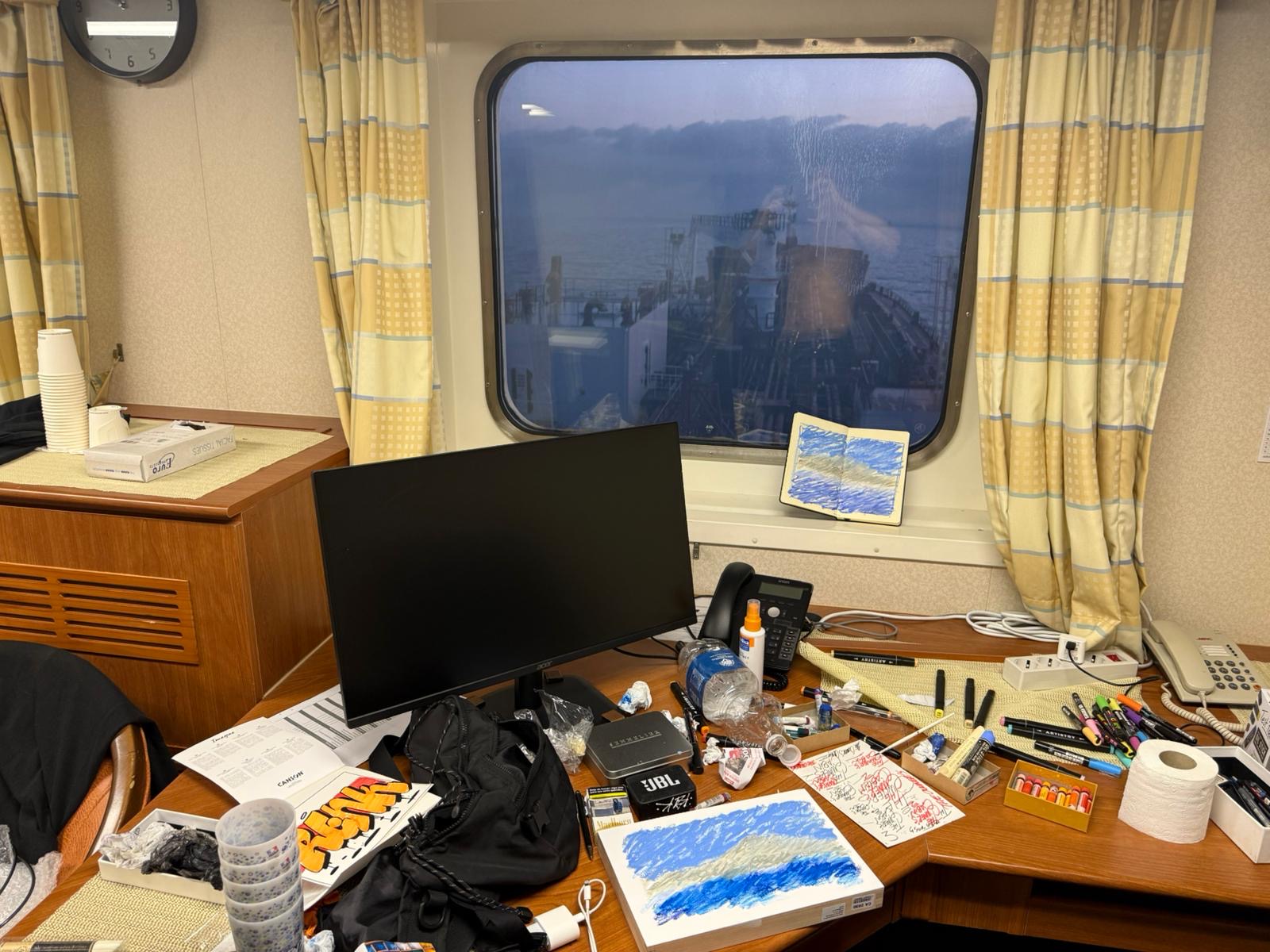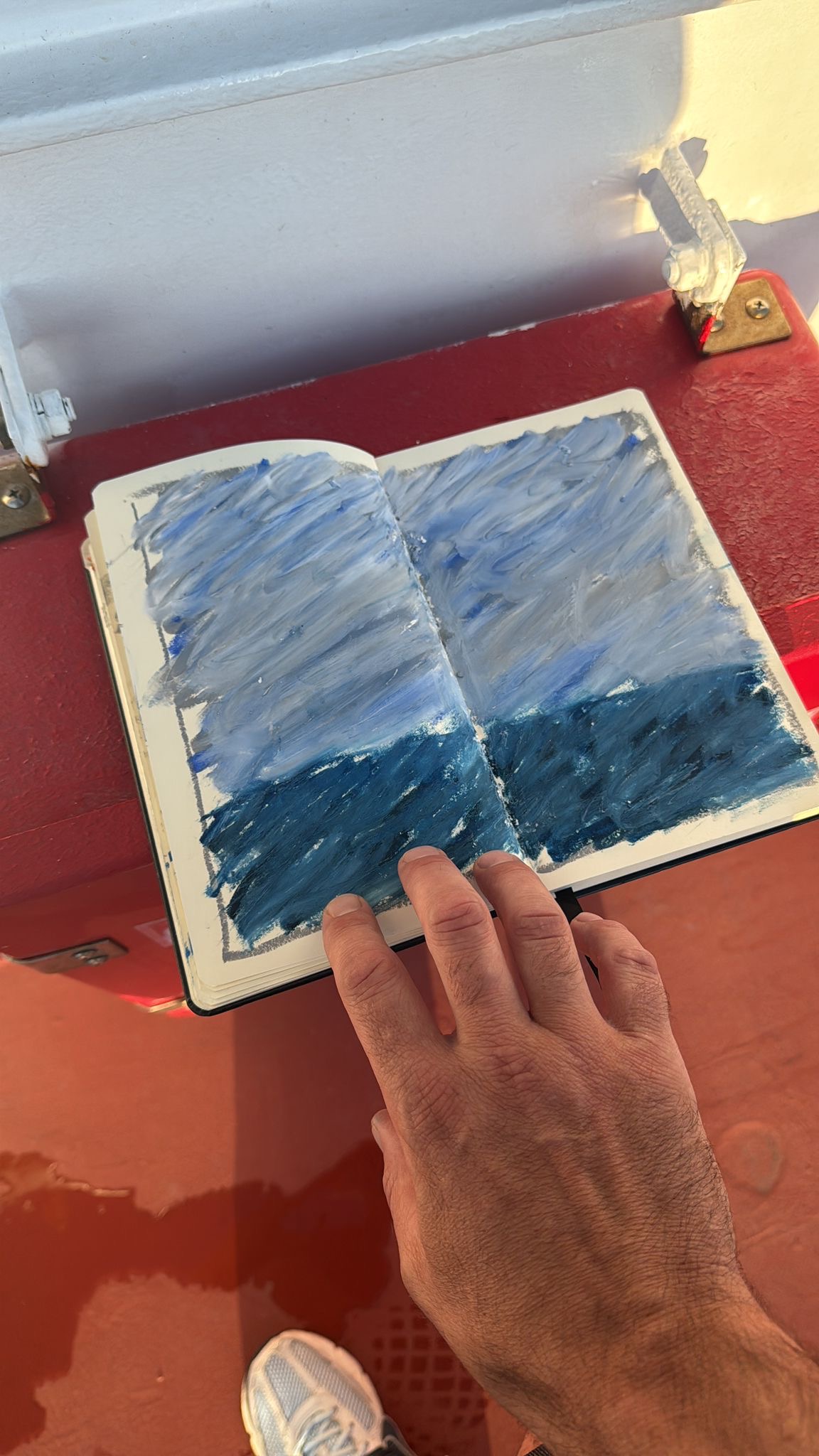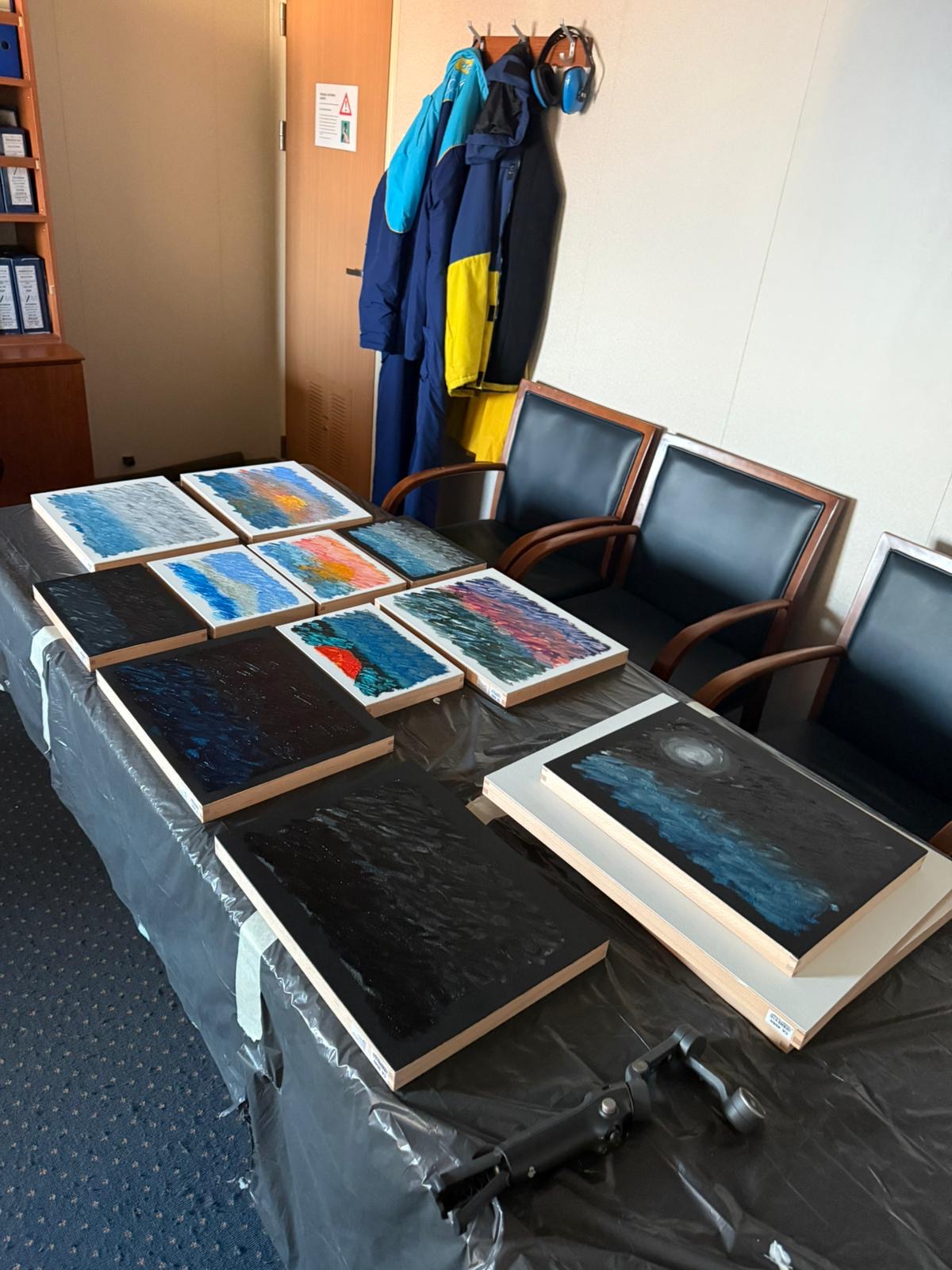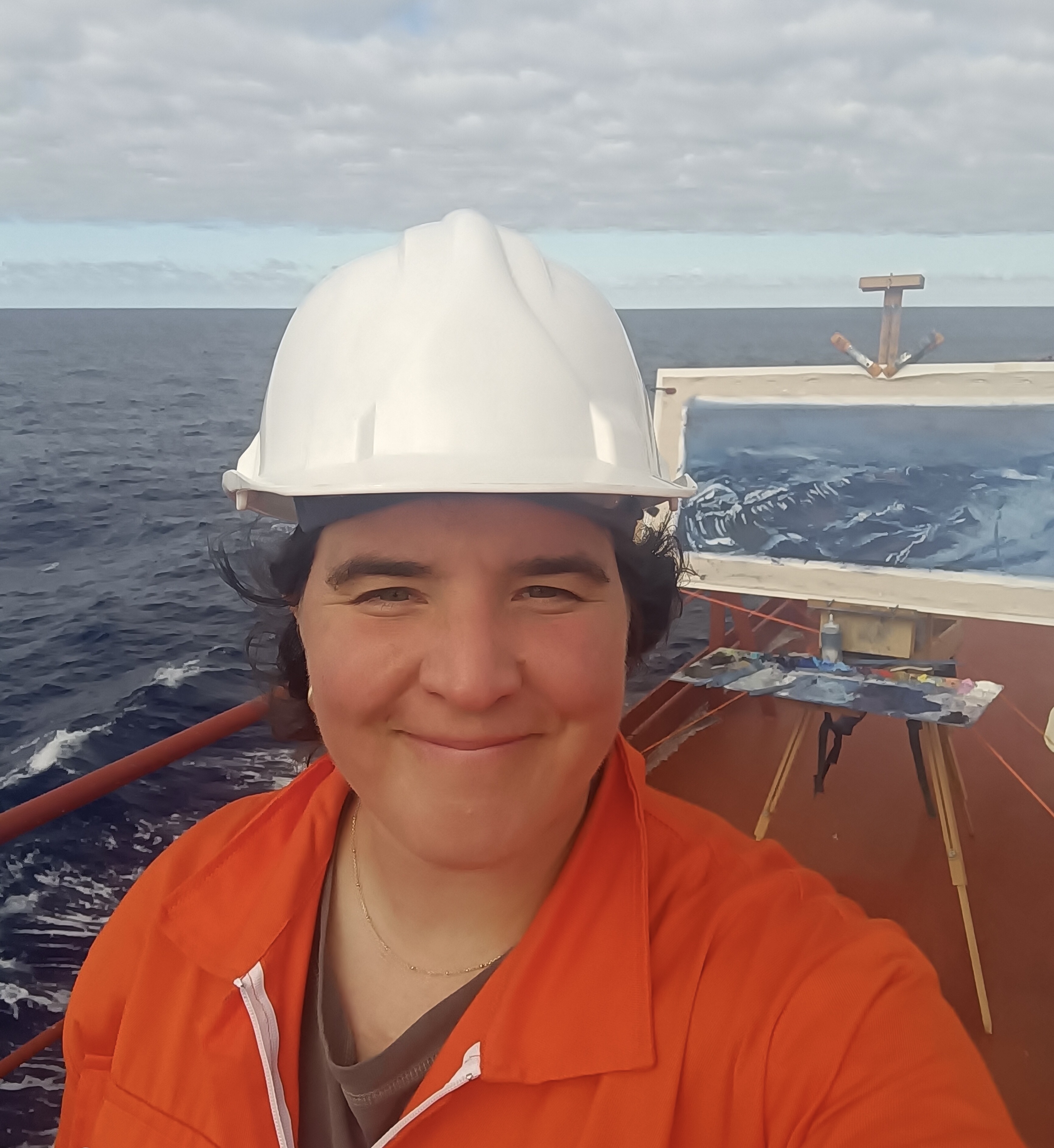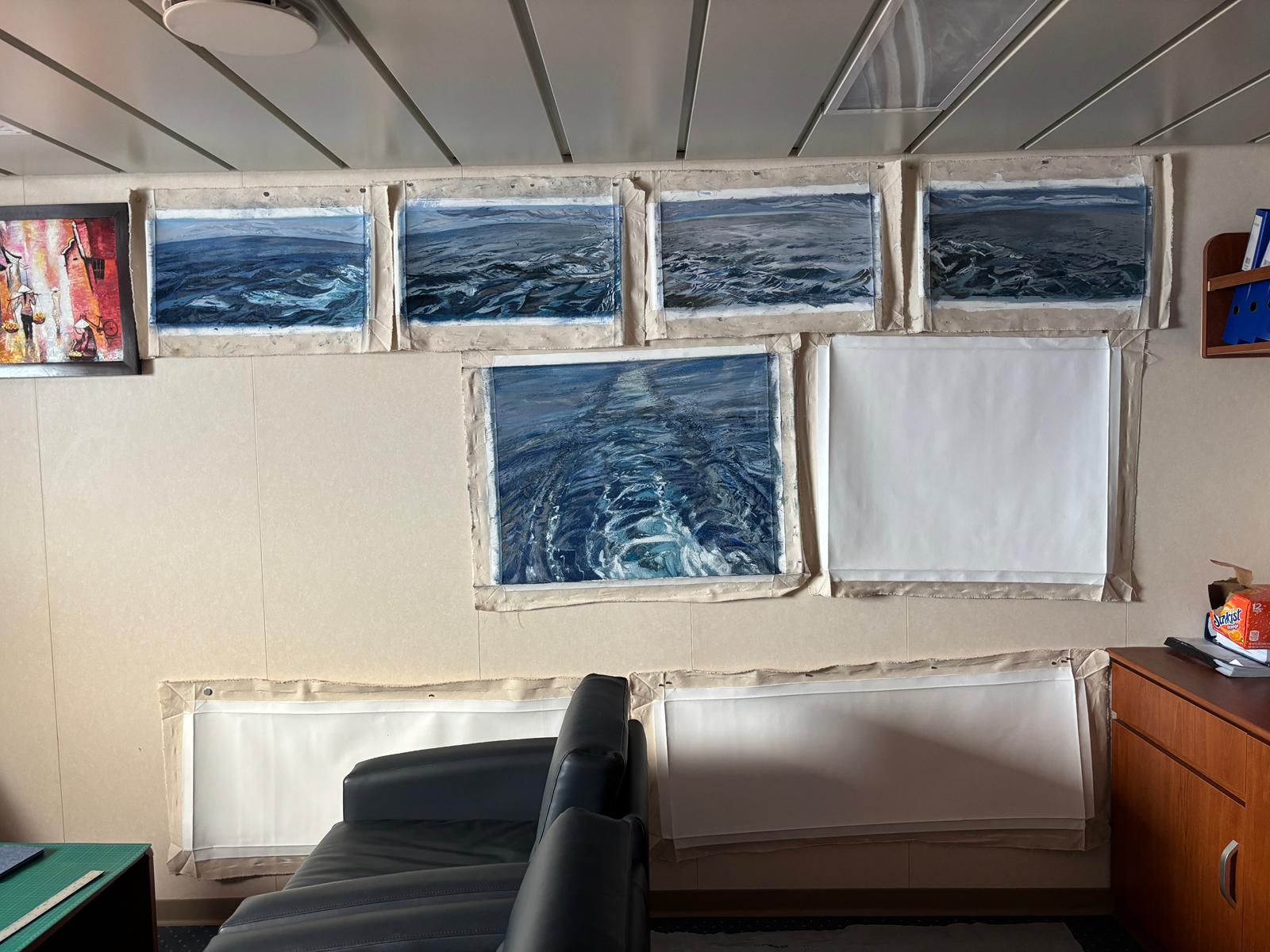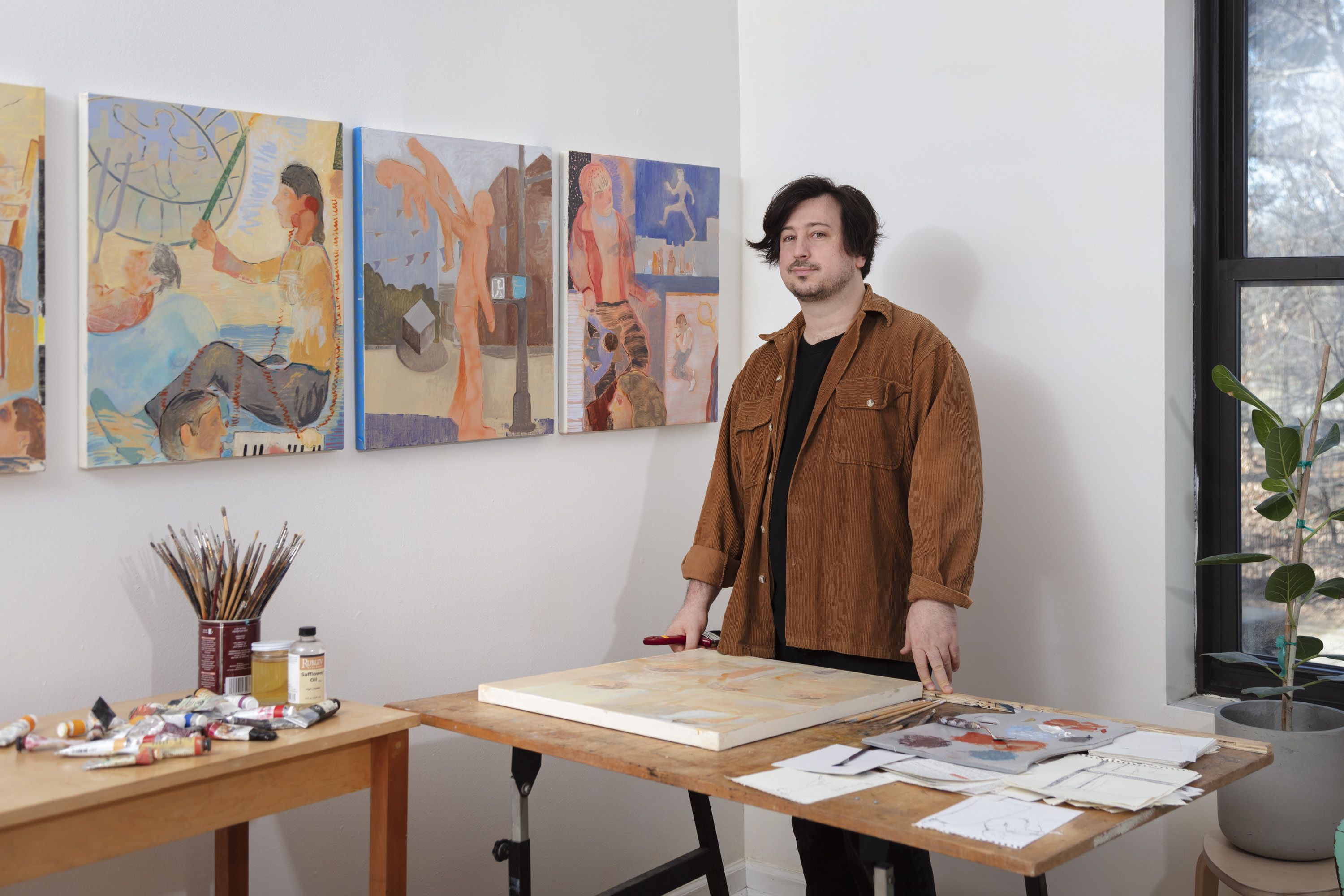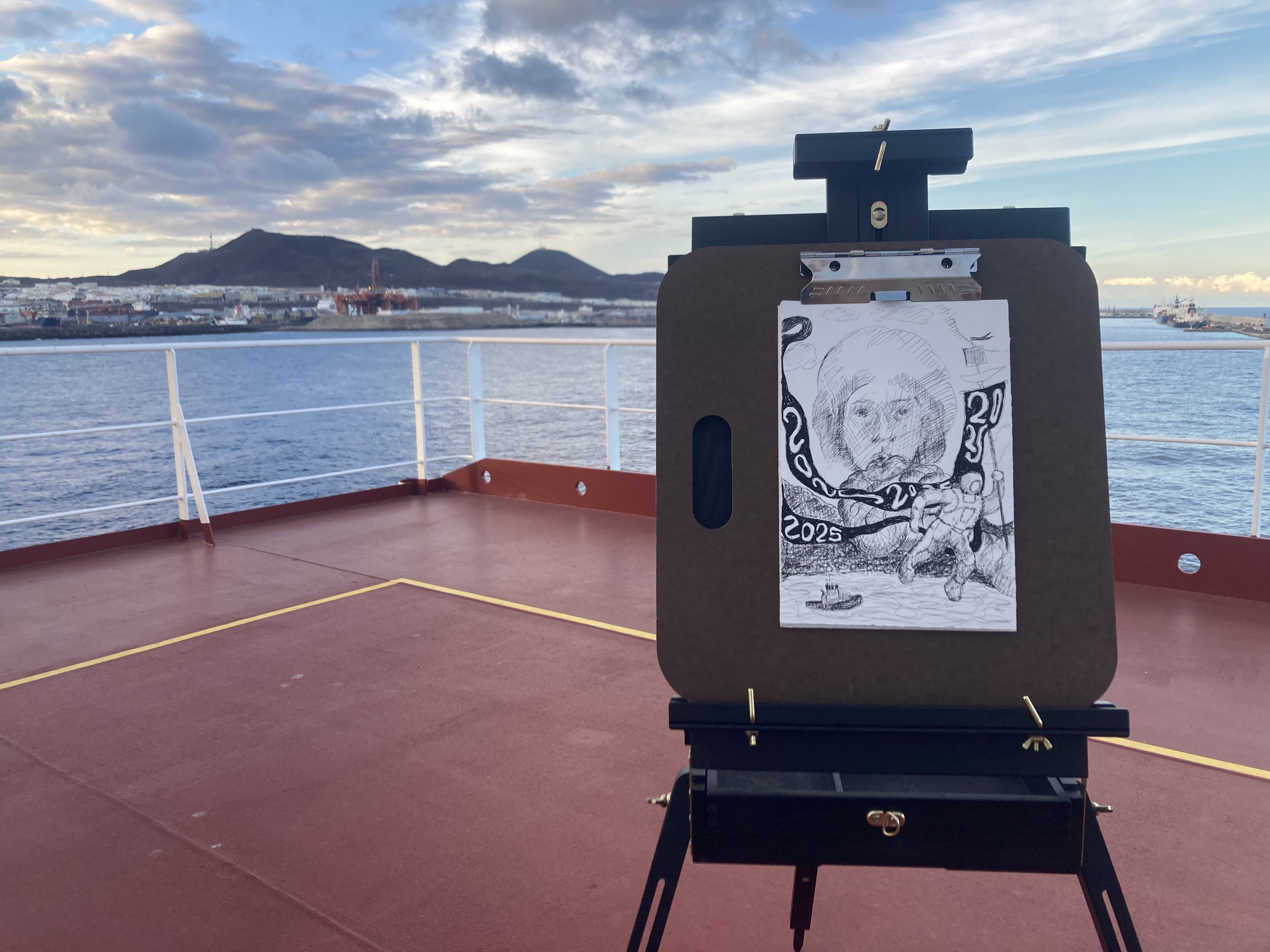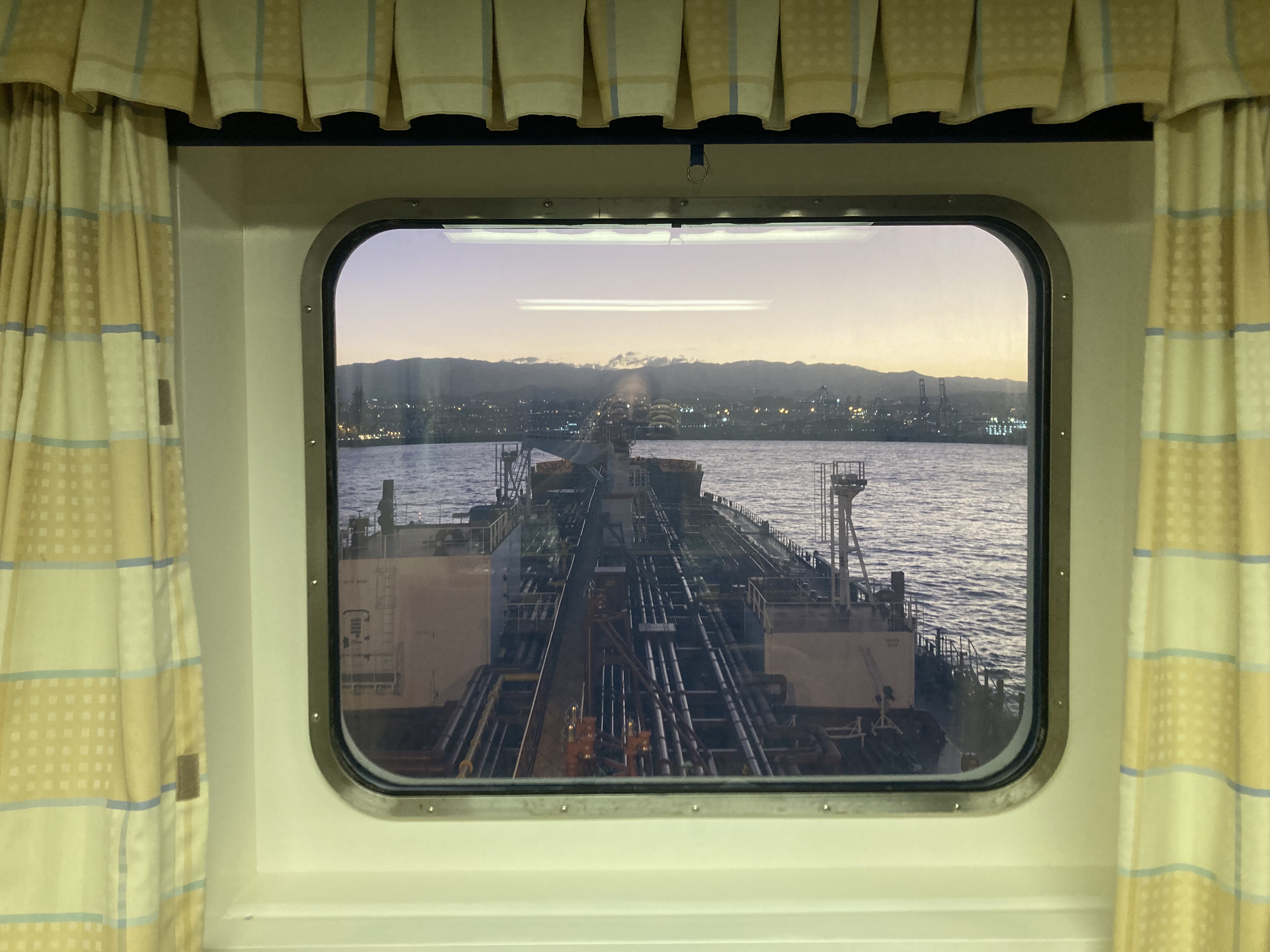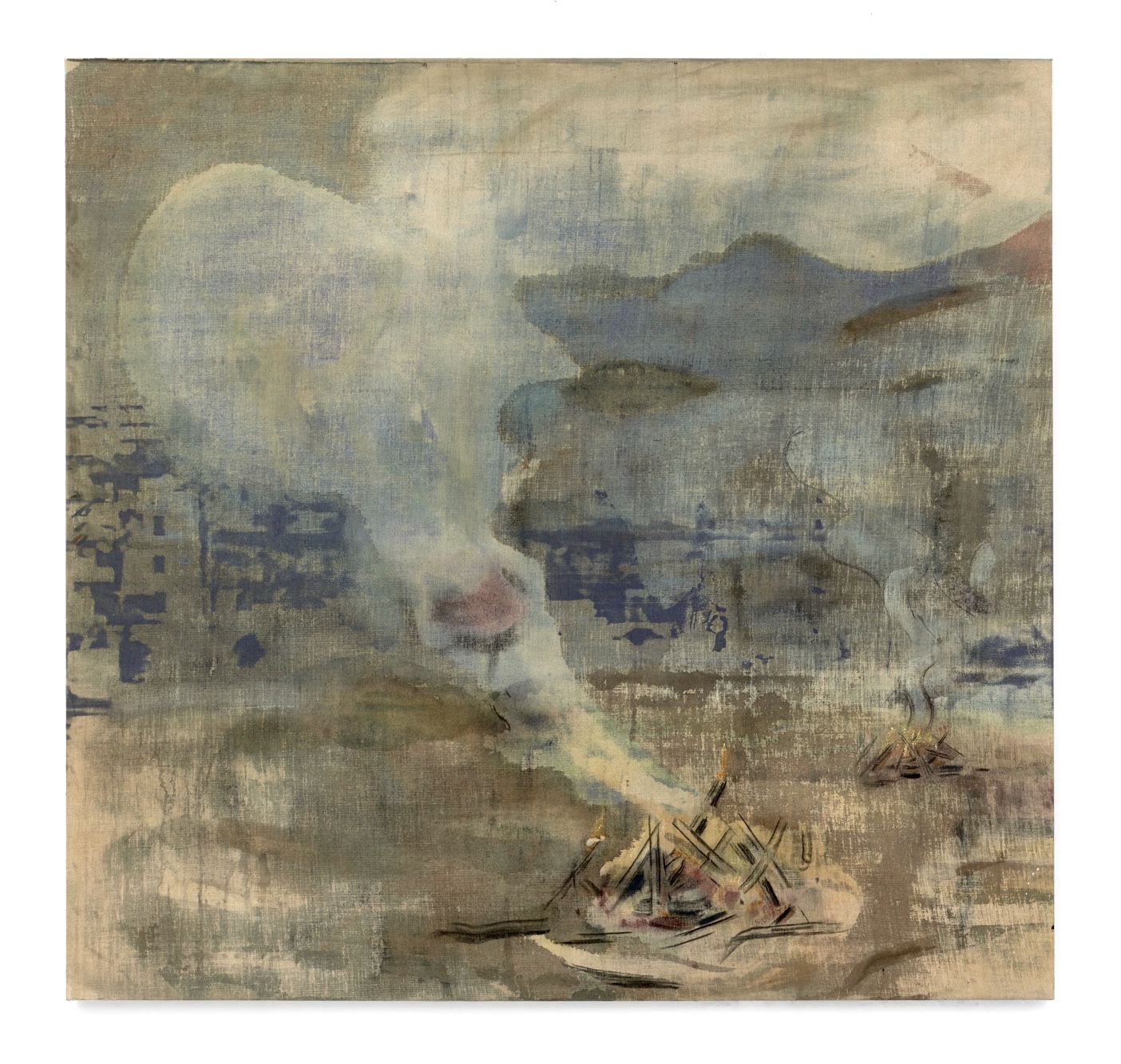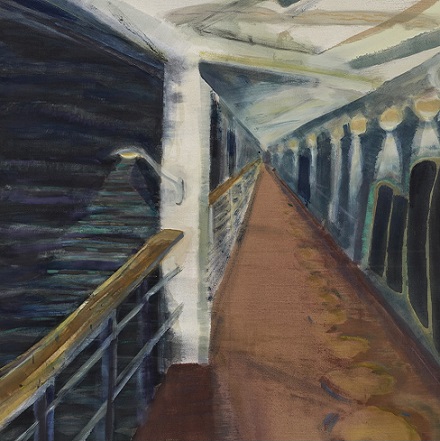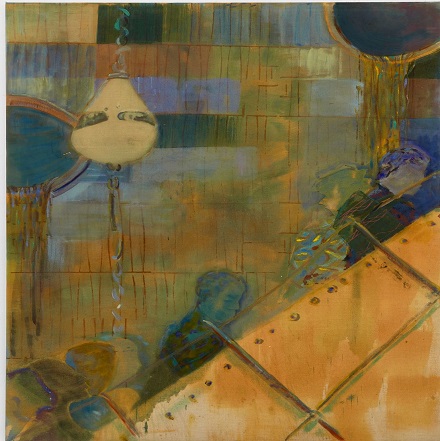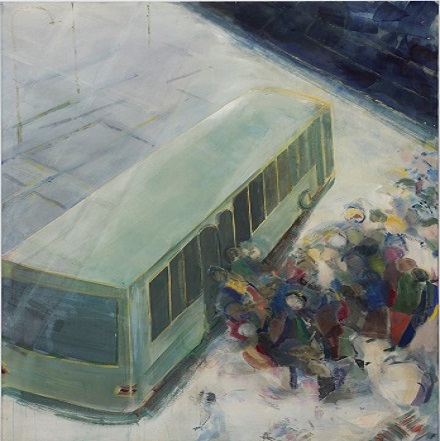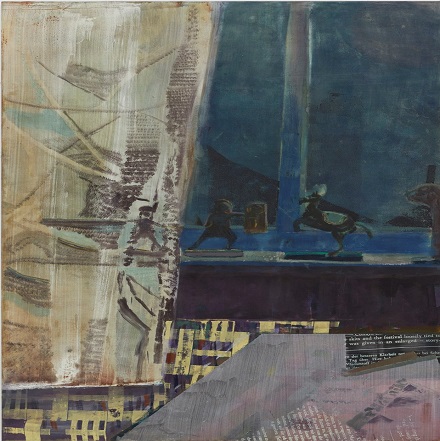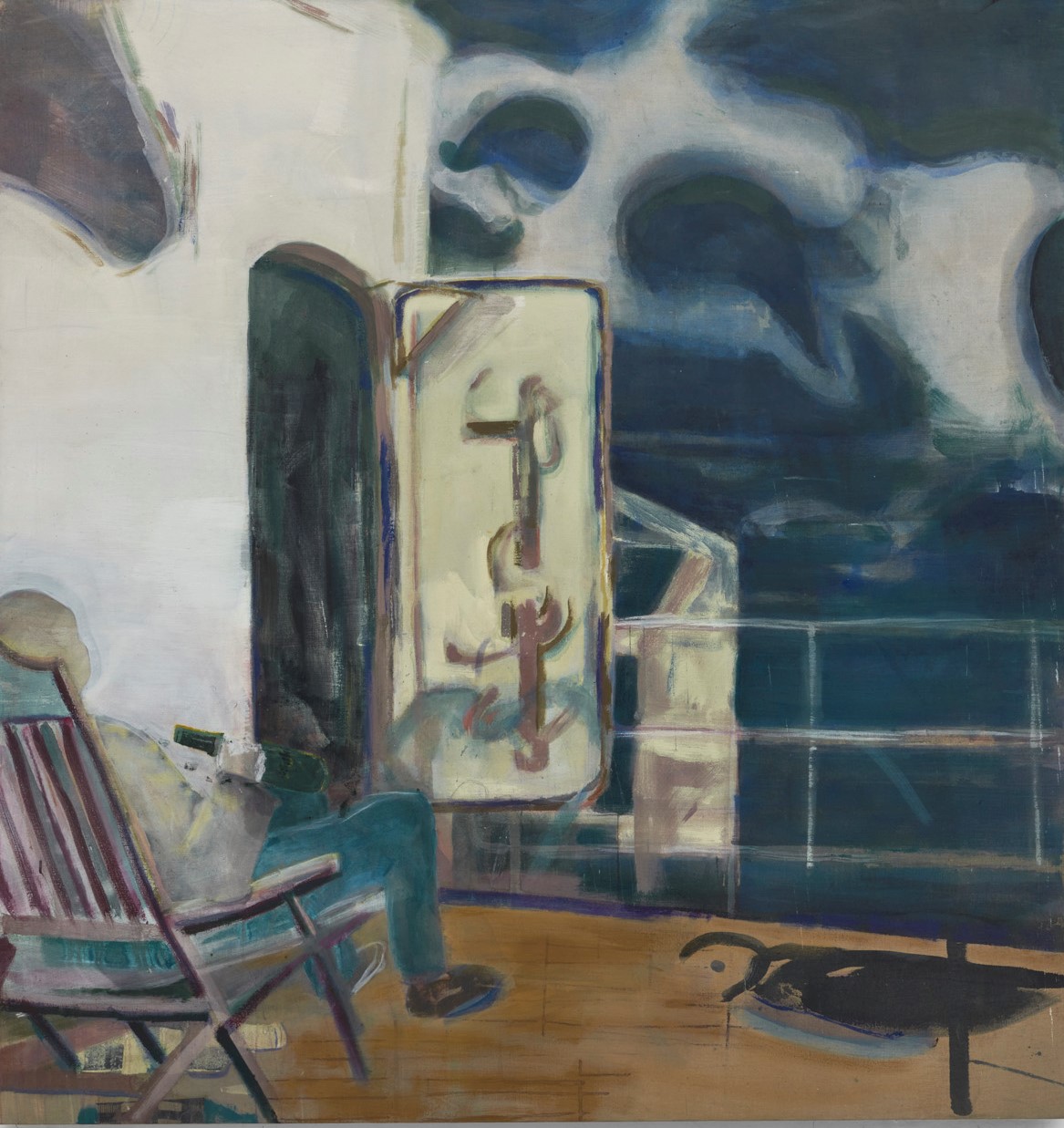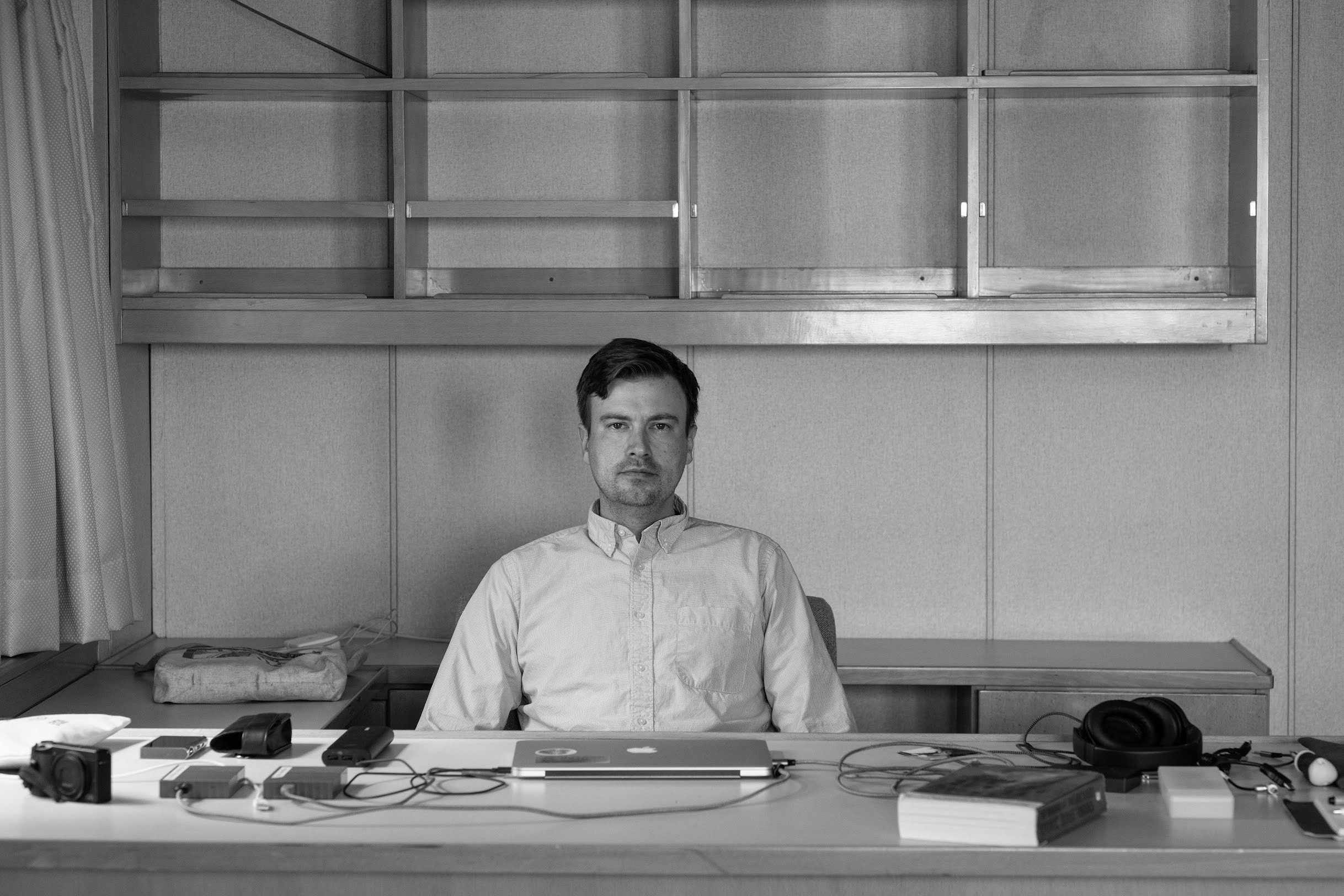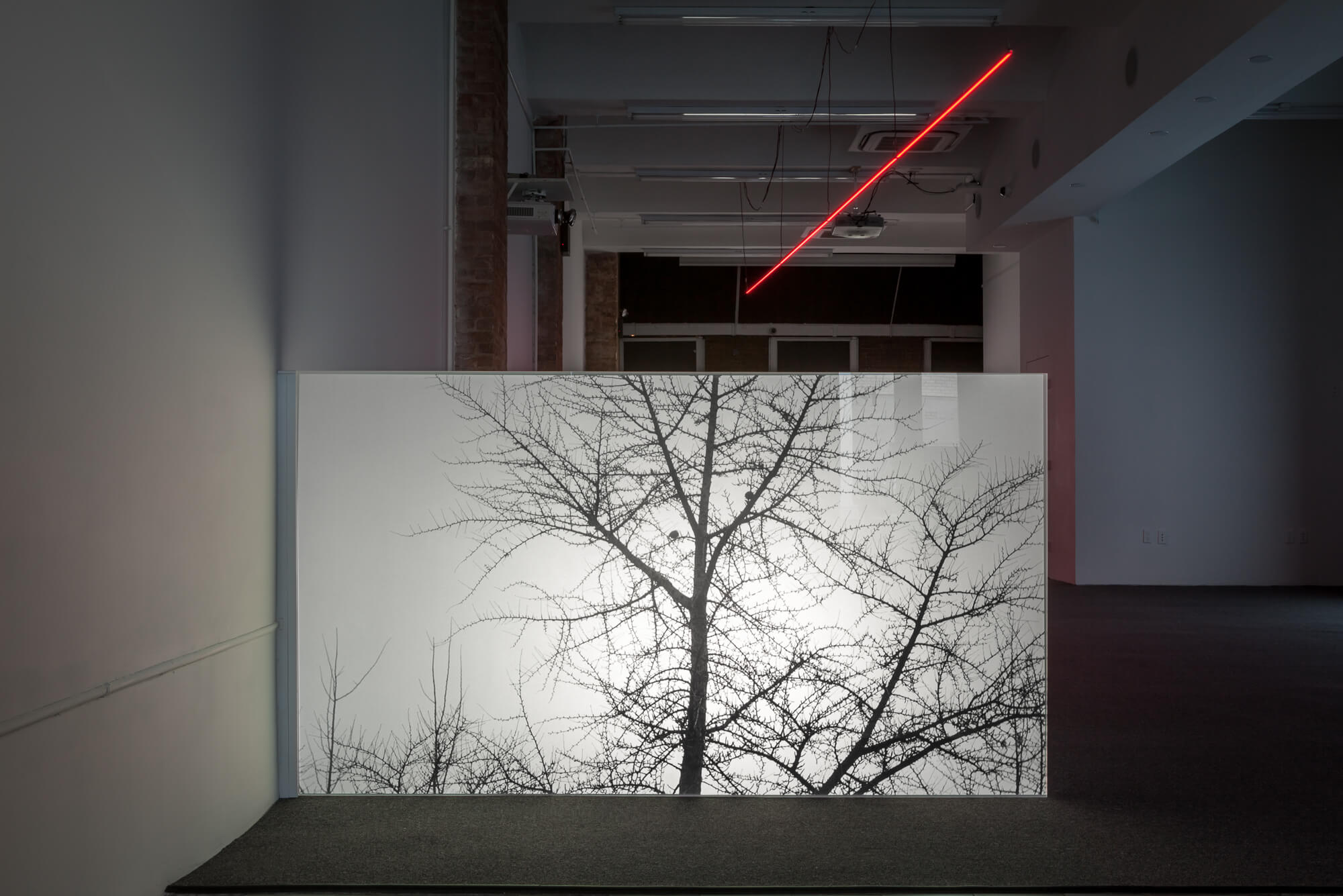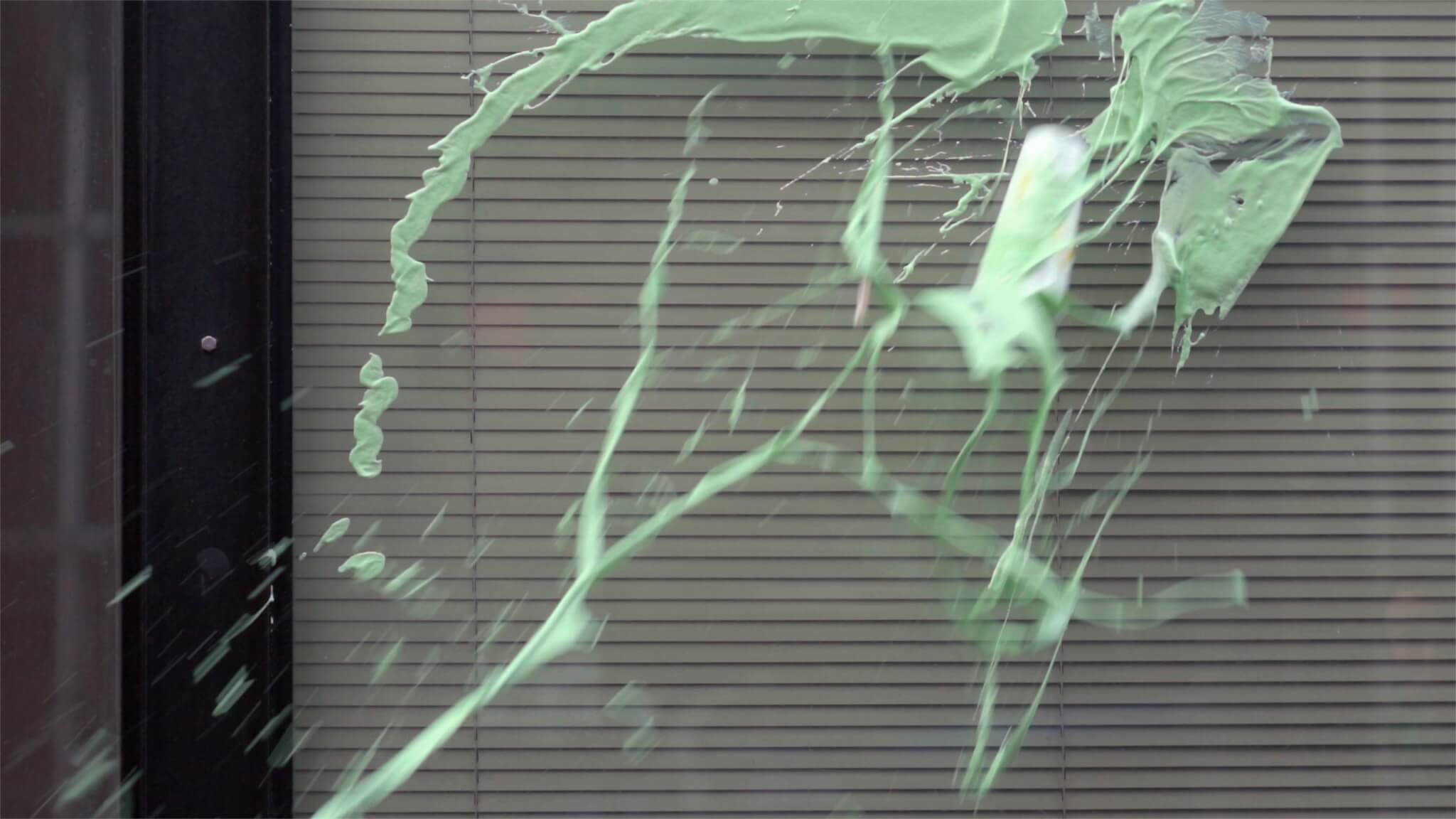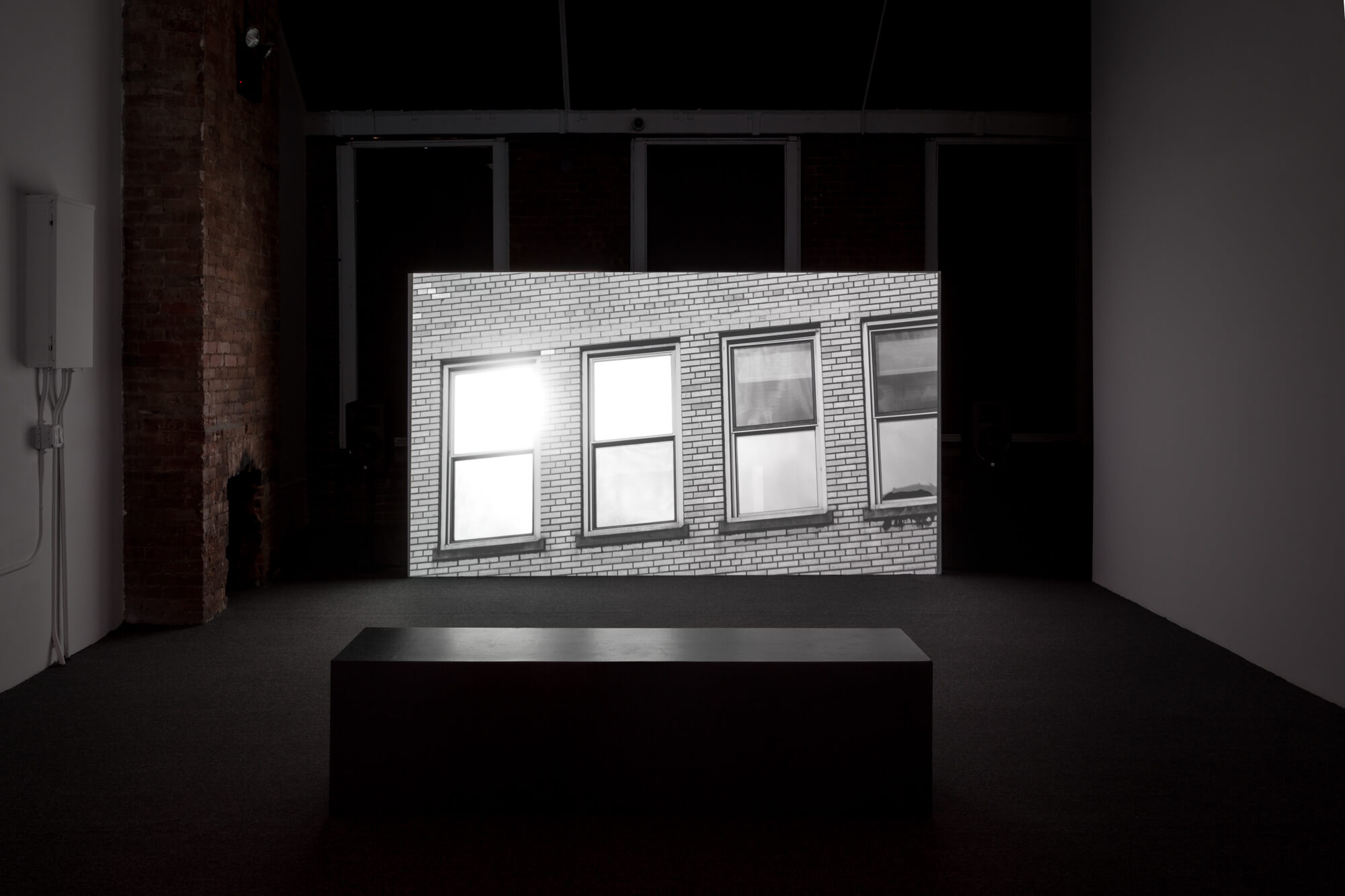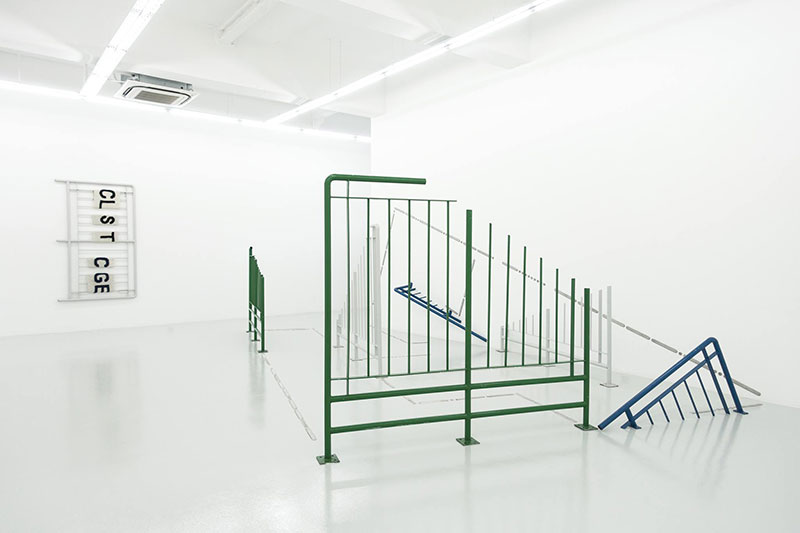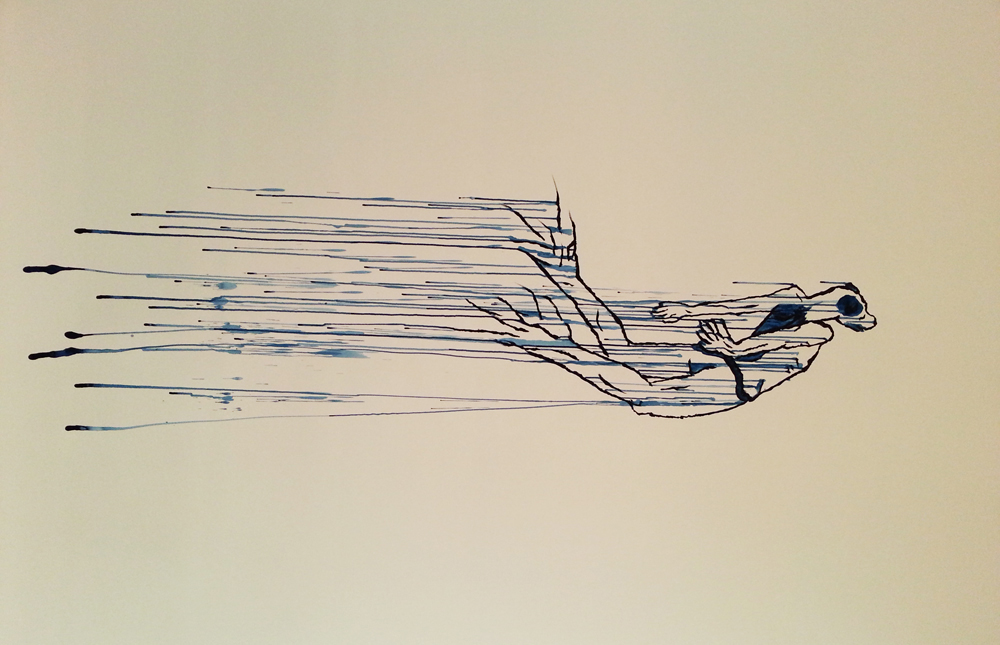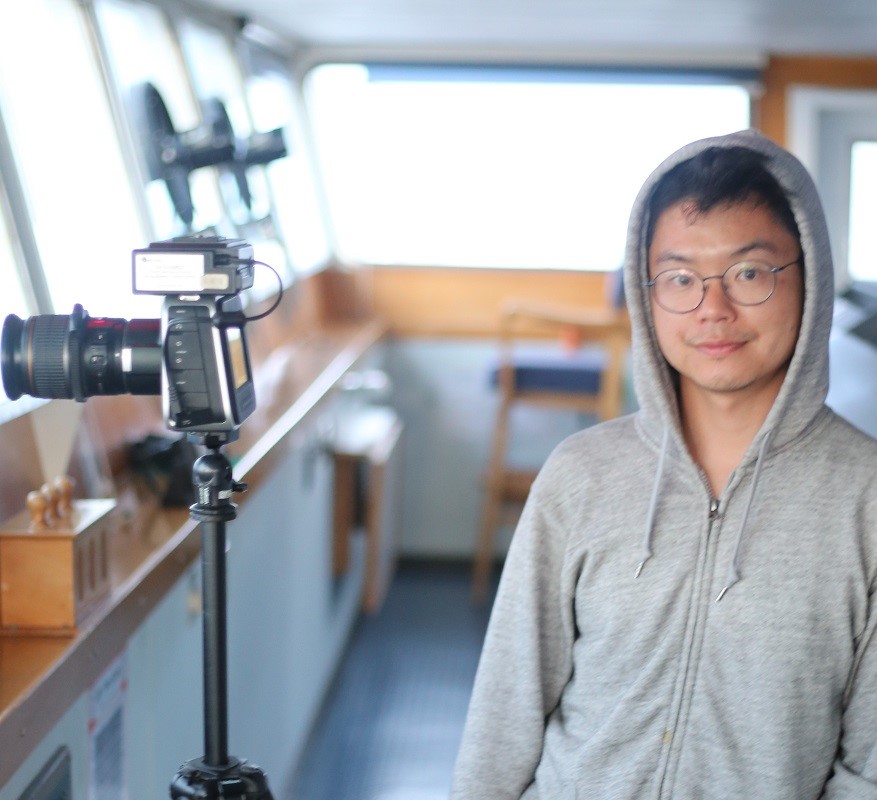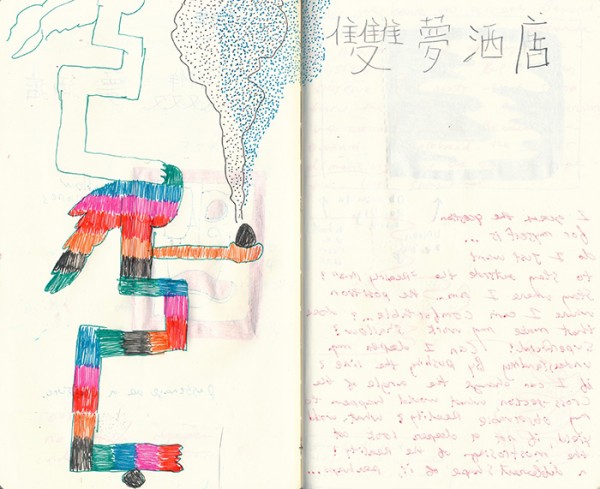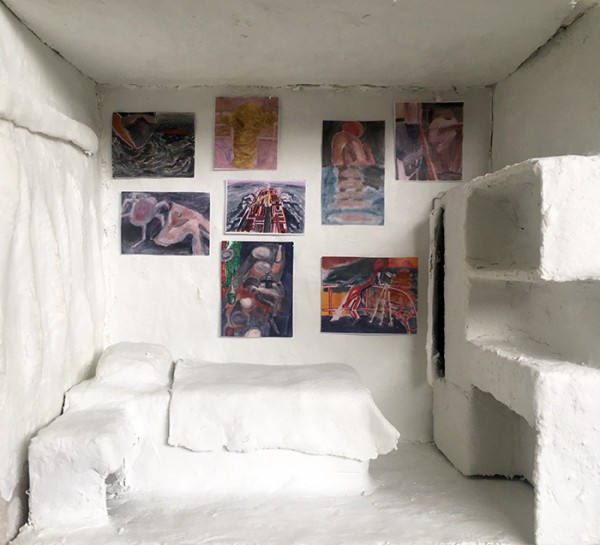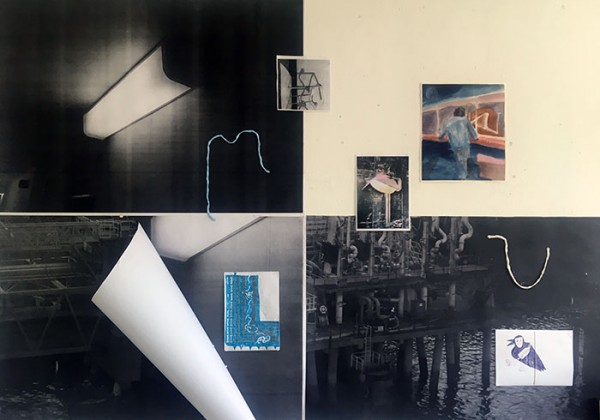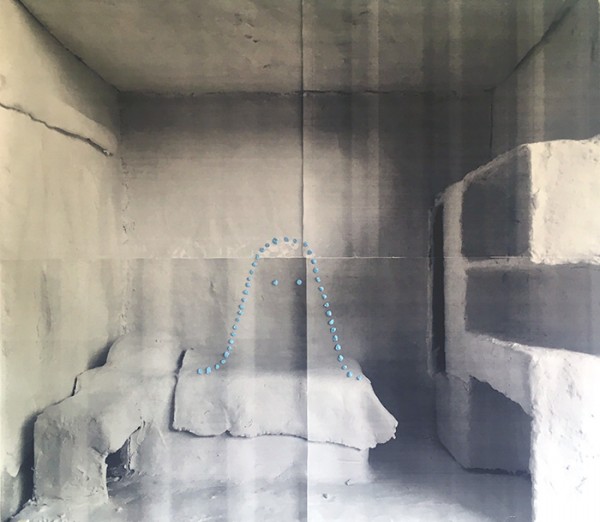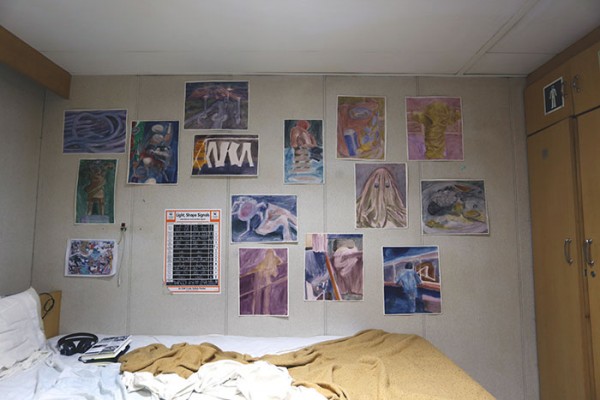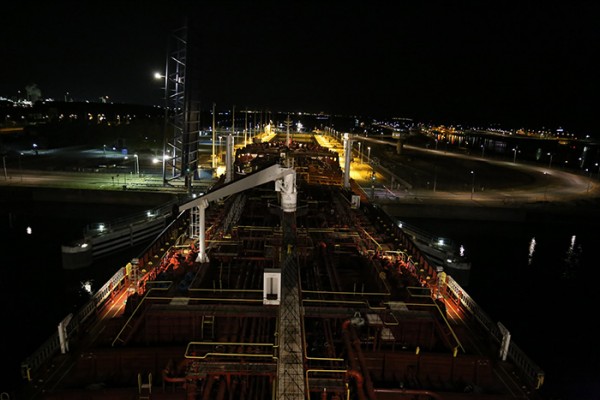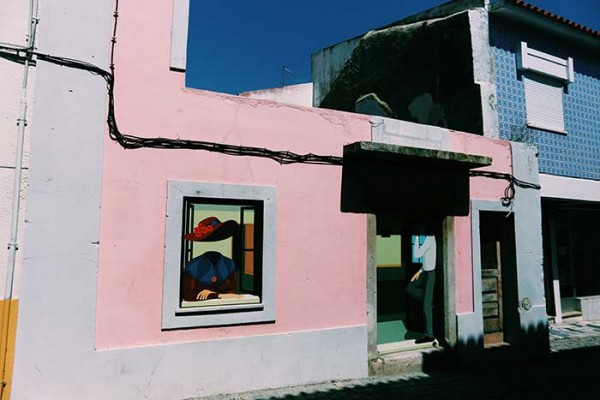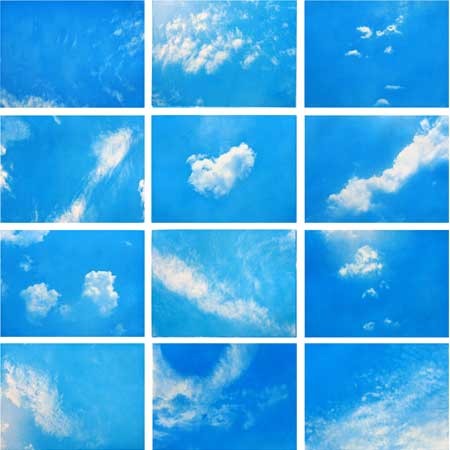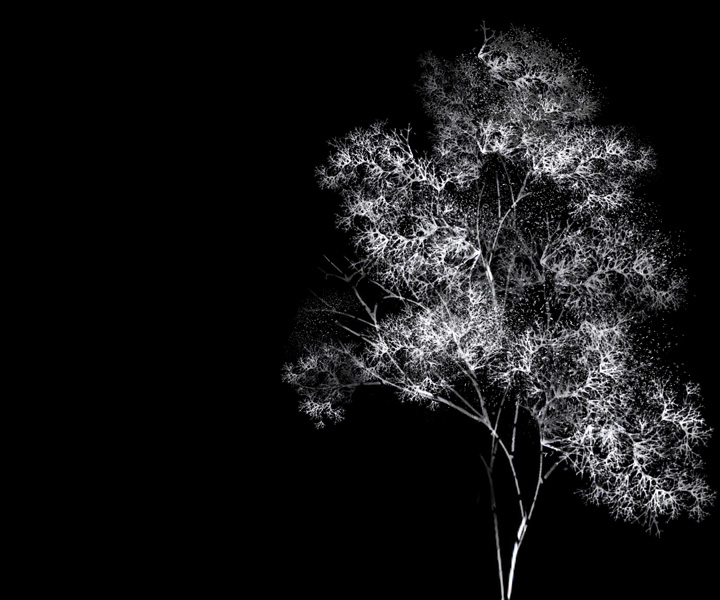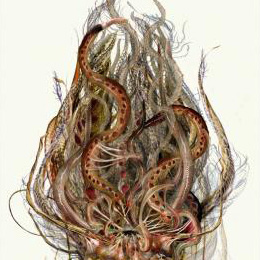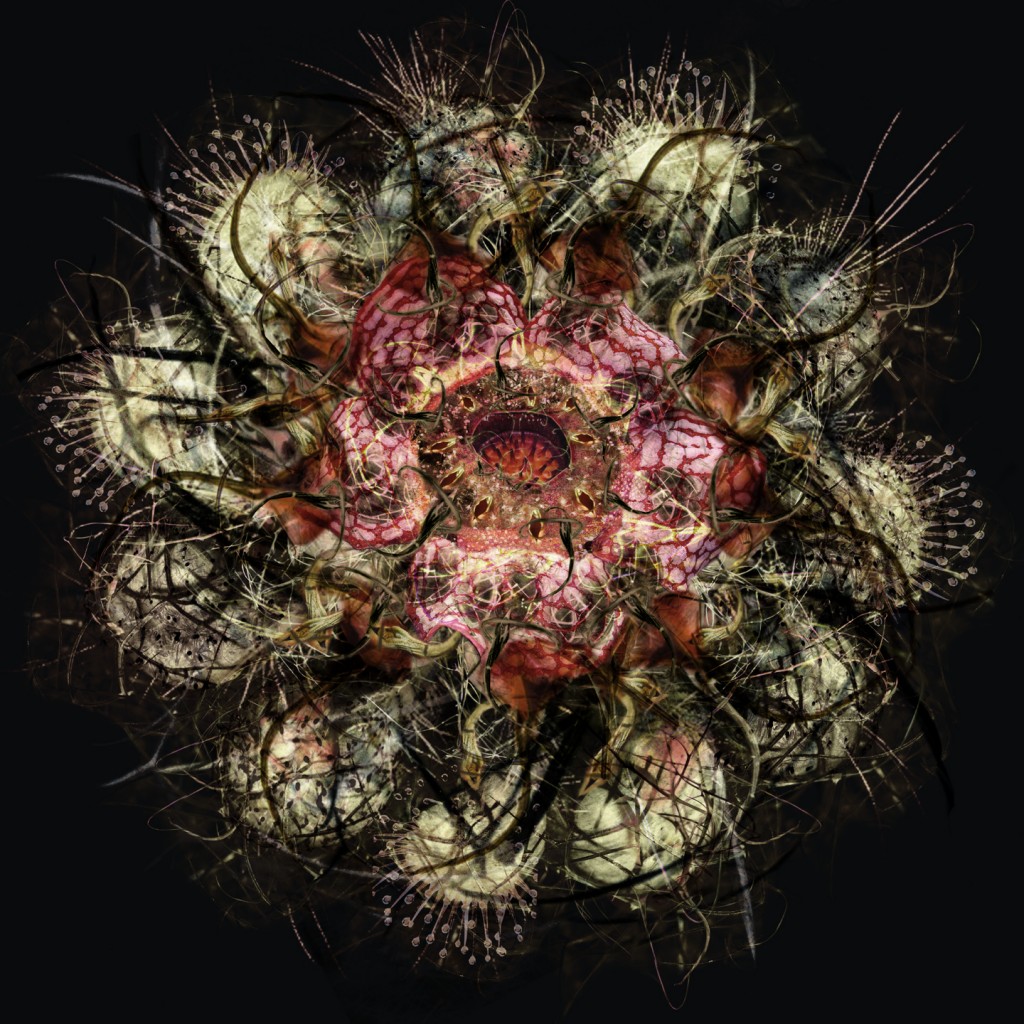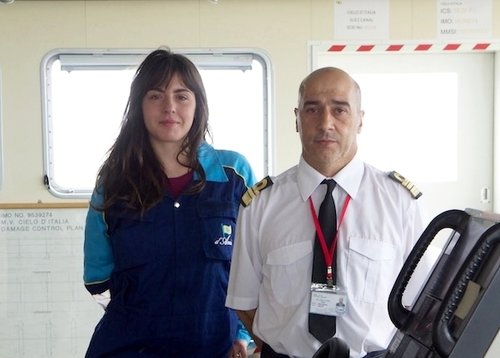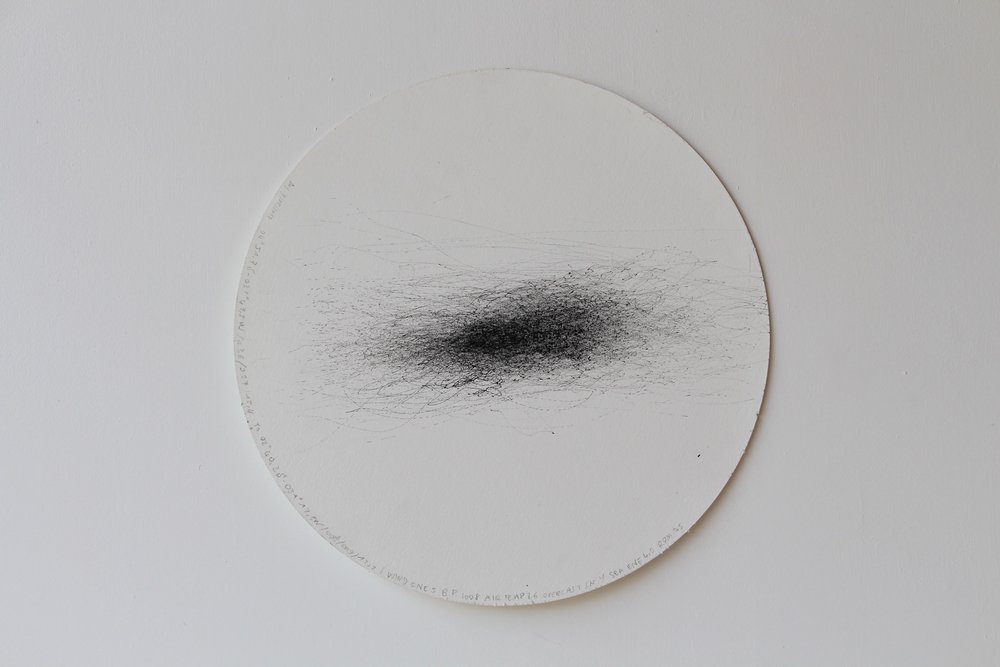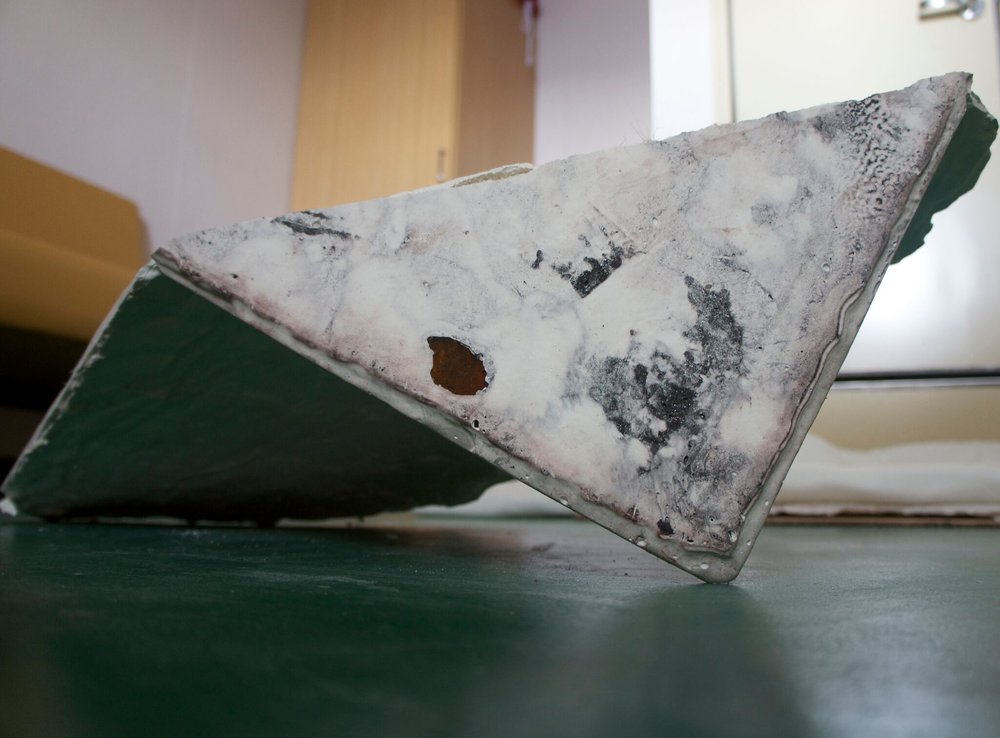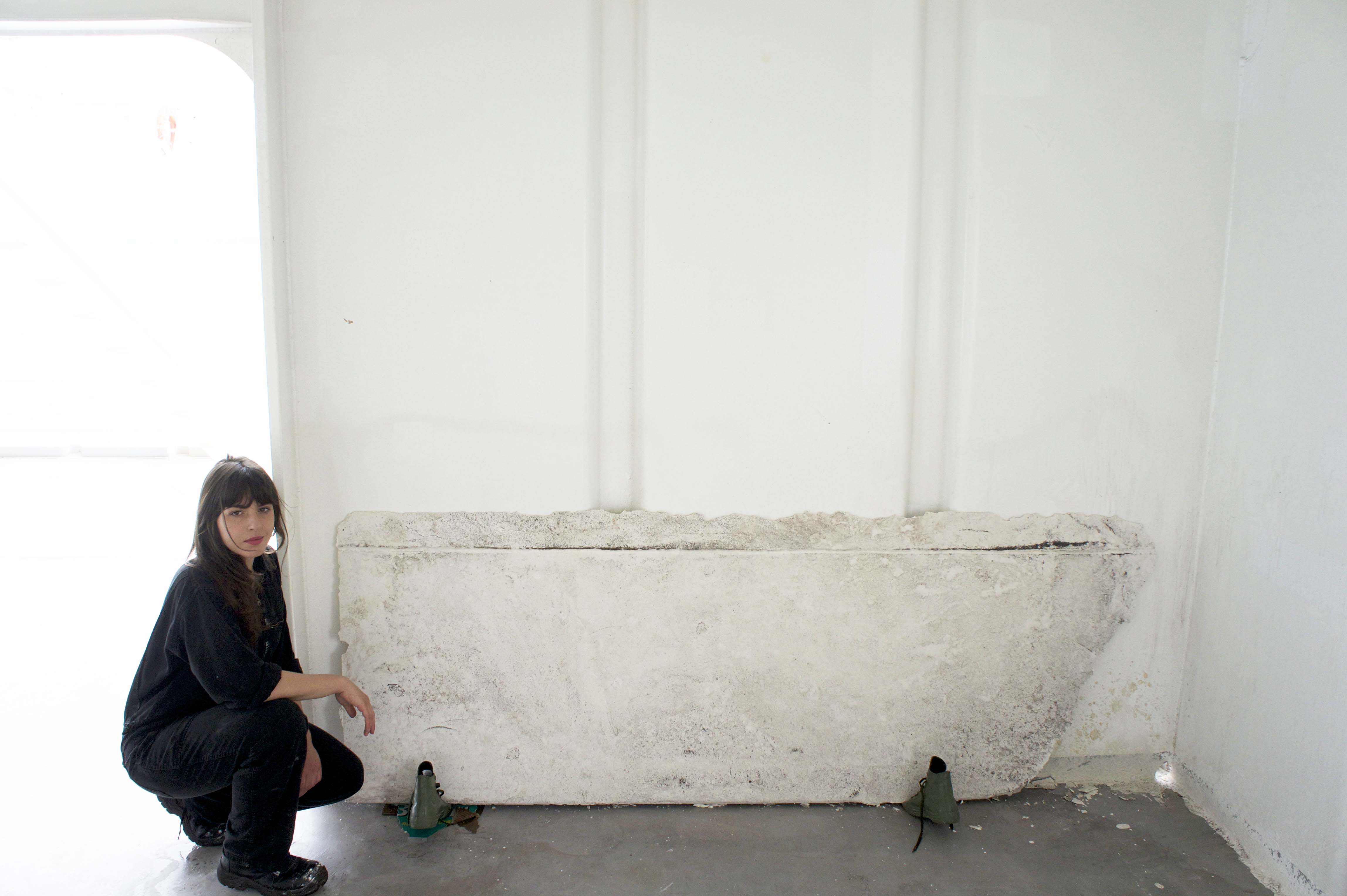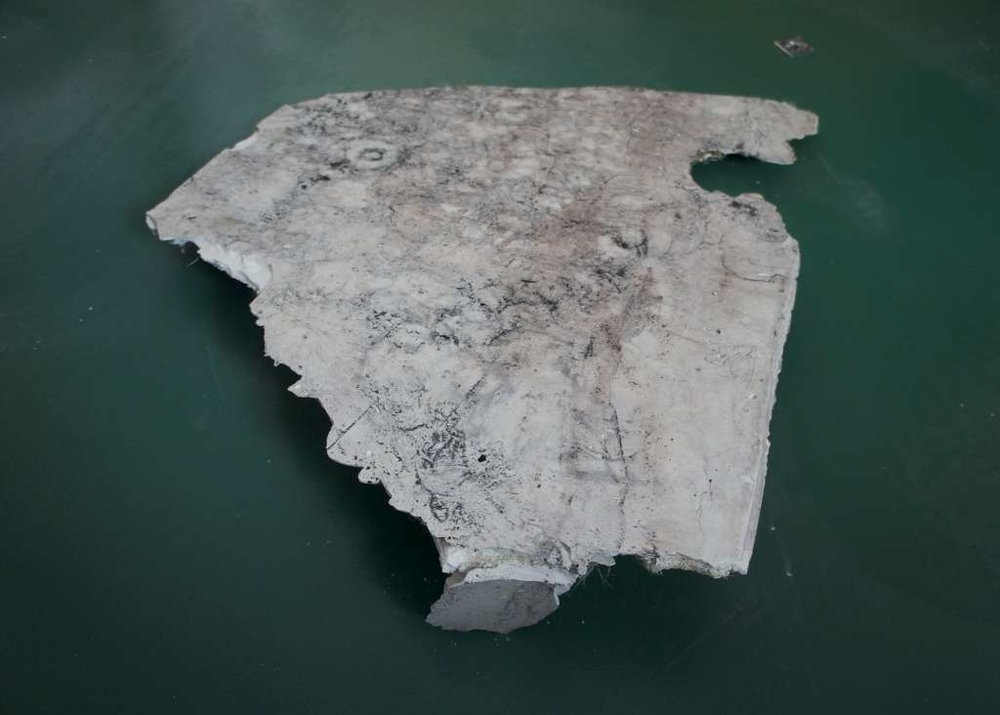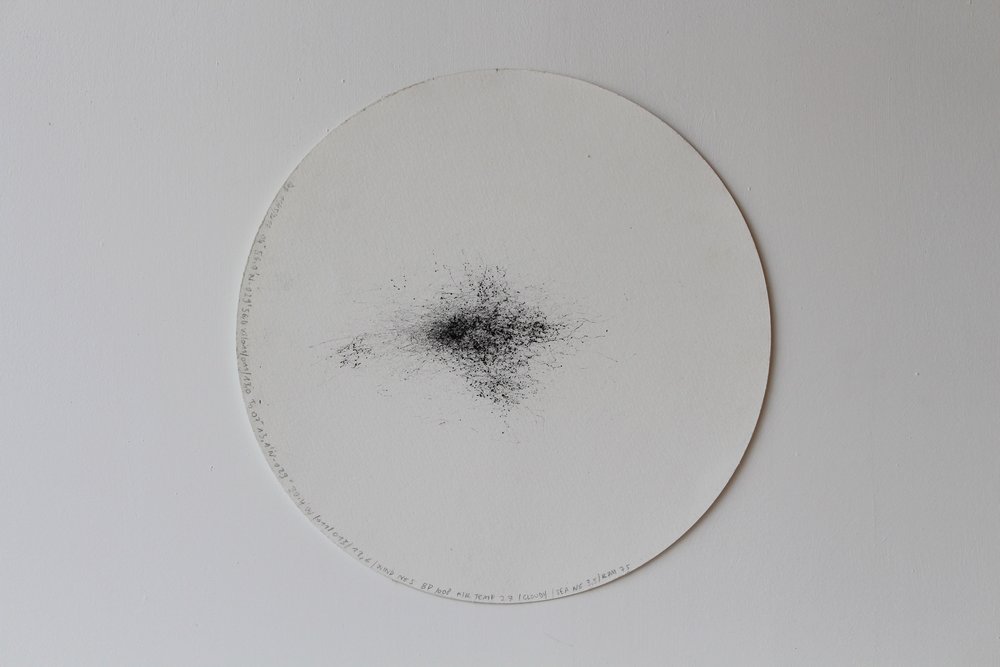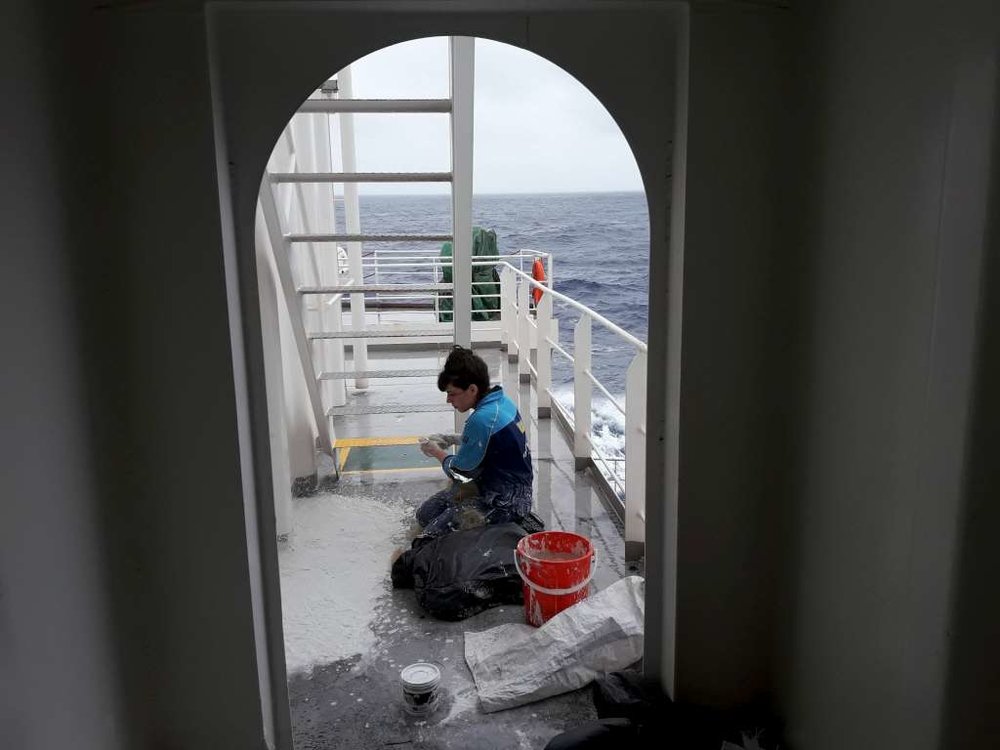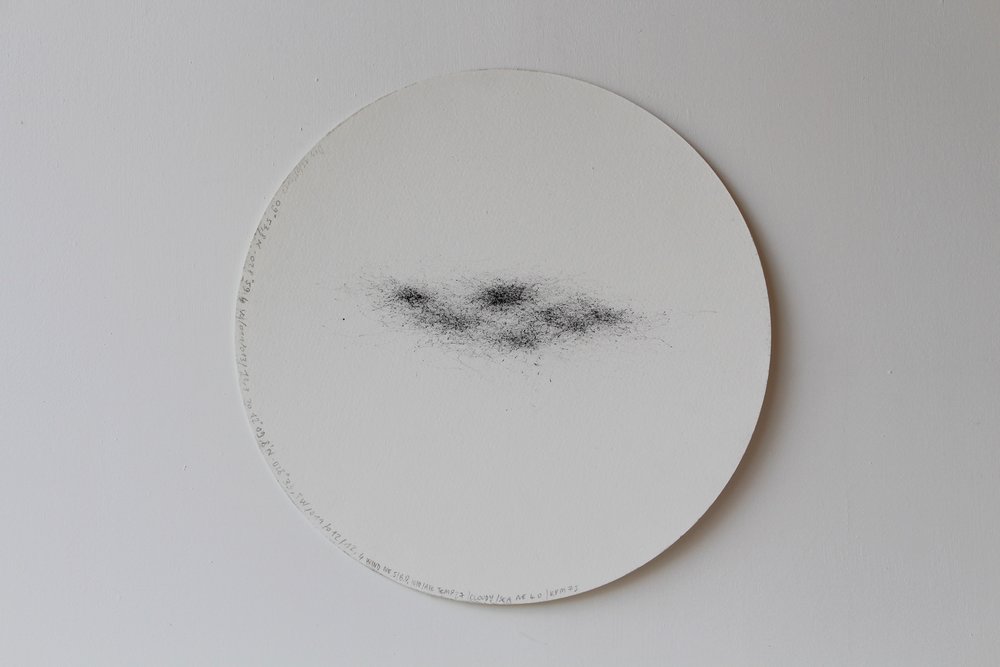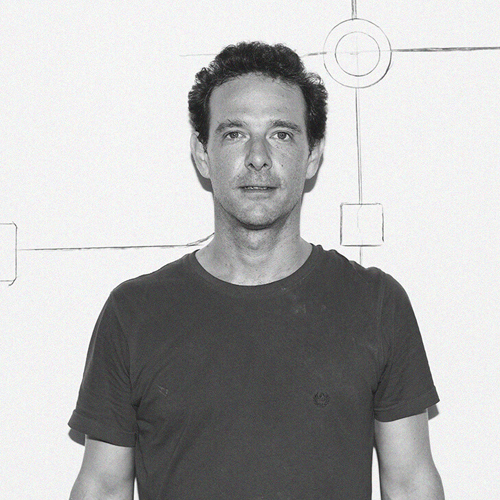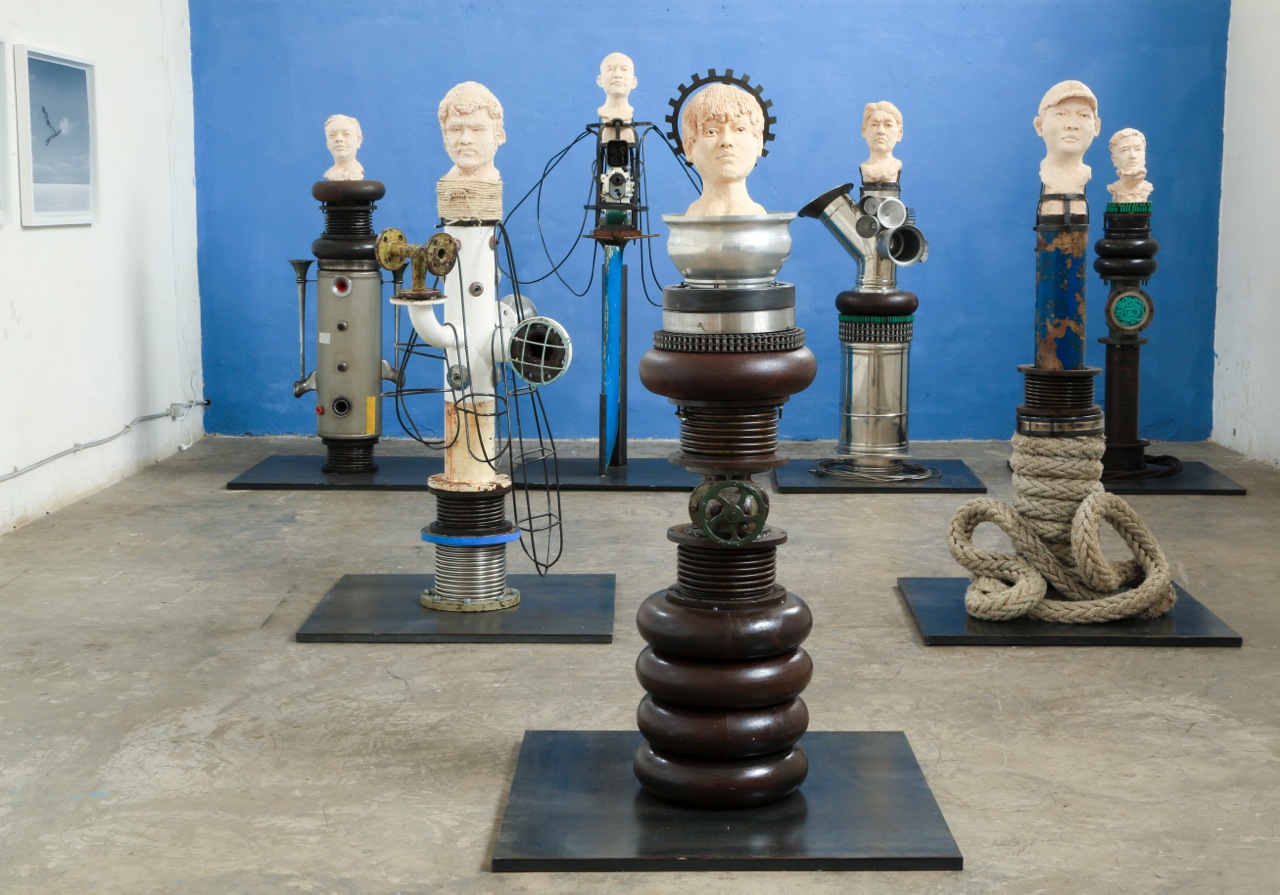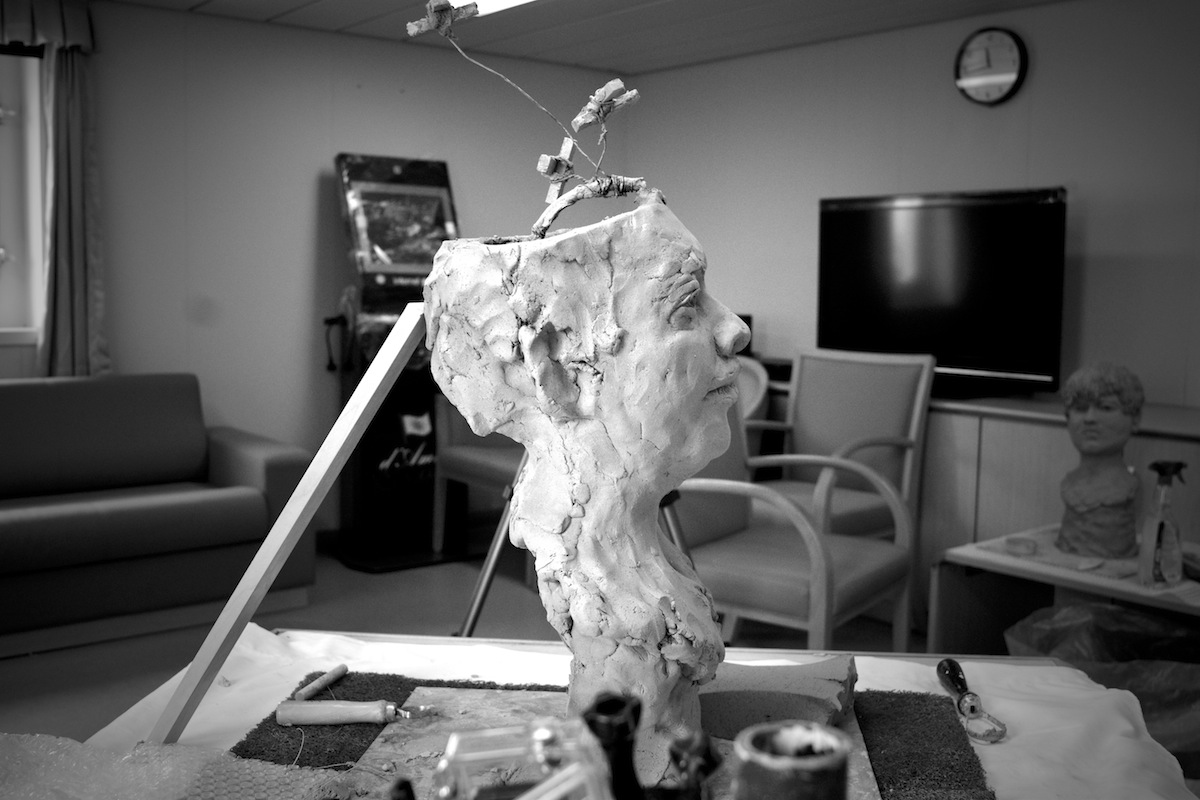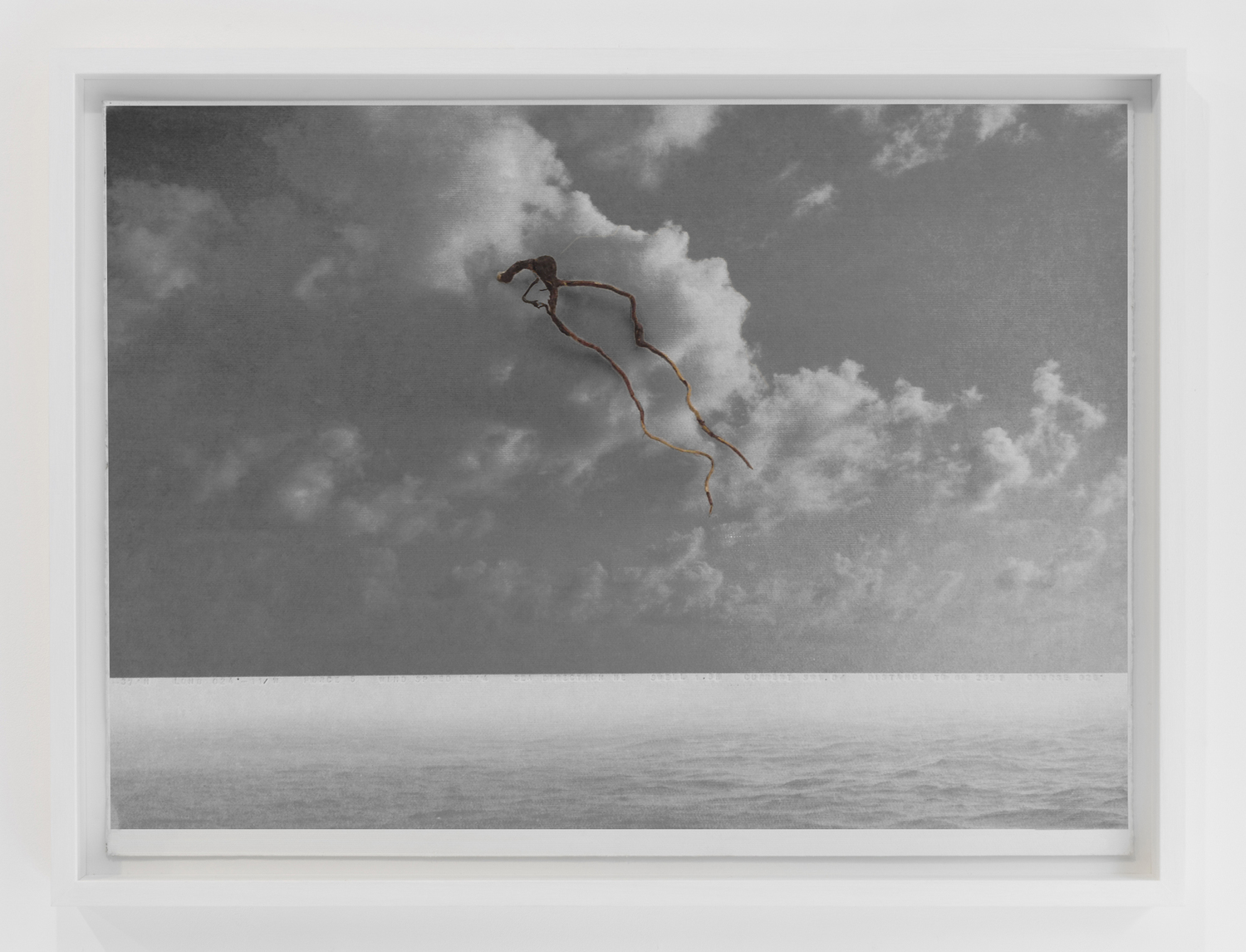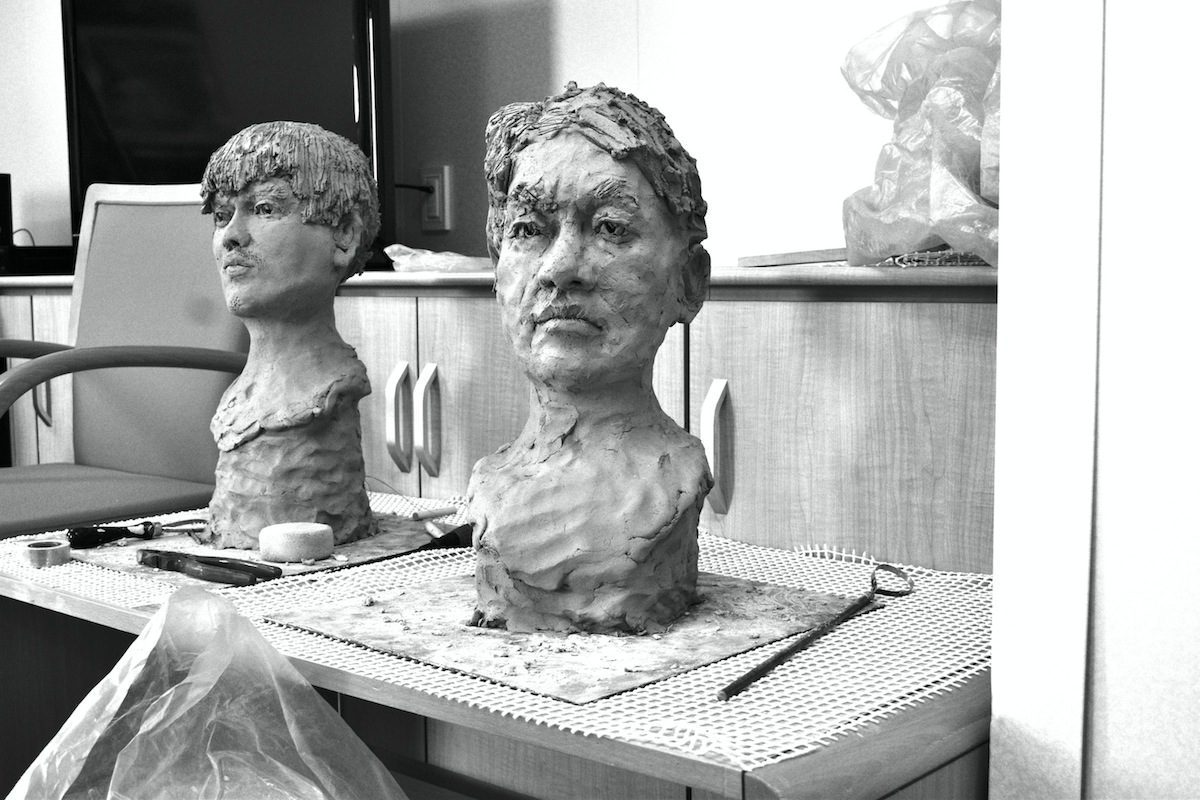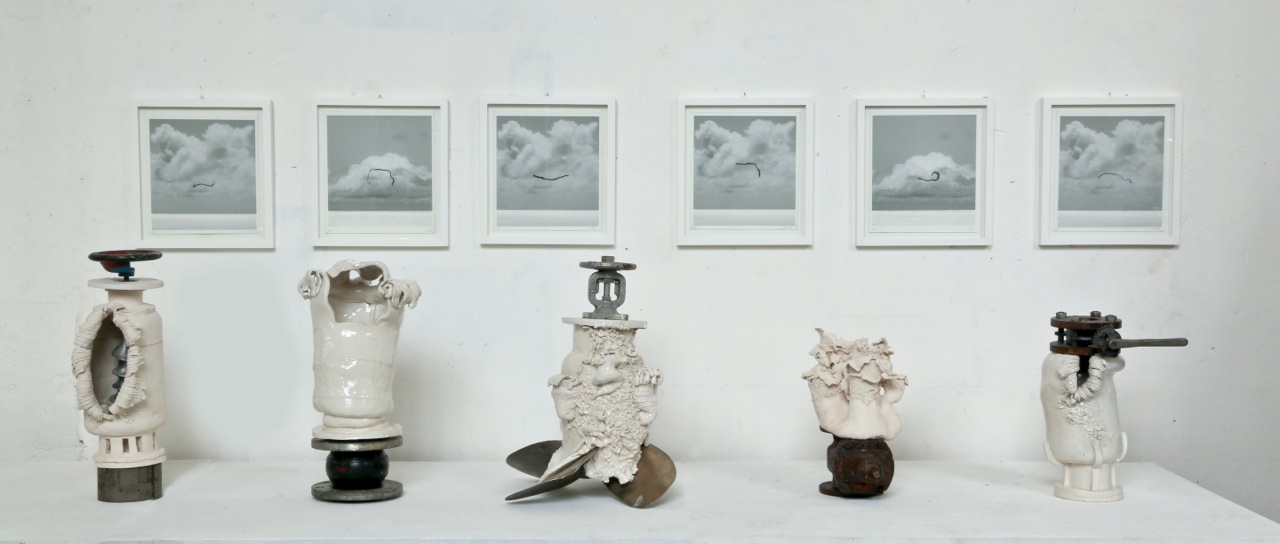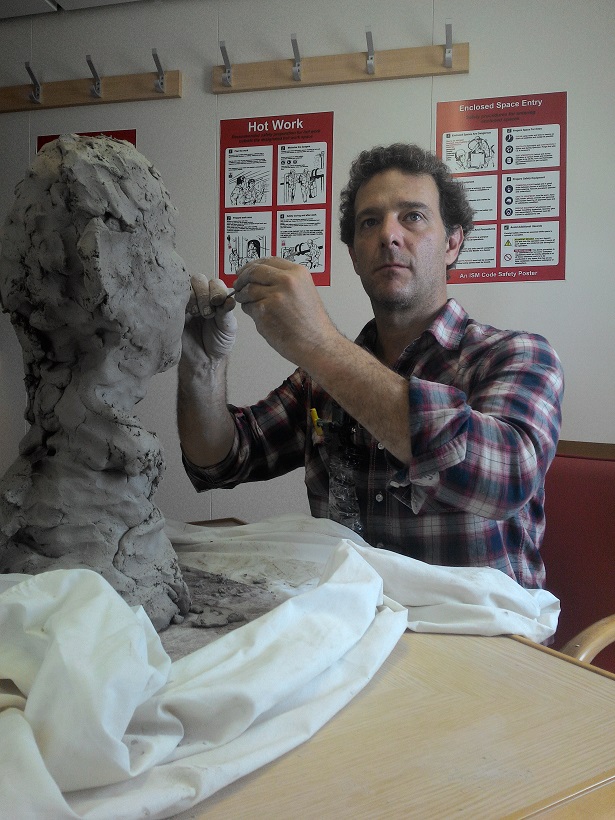Renk

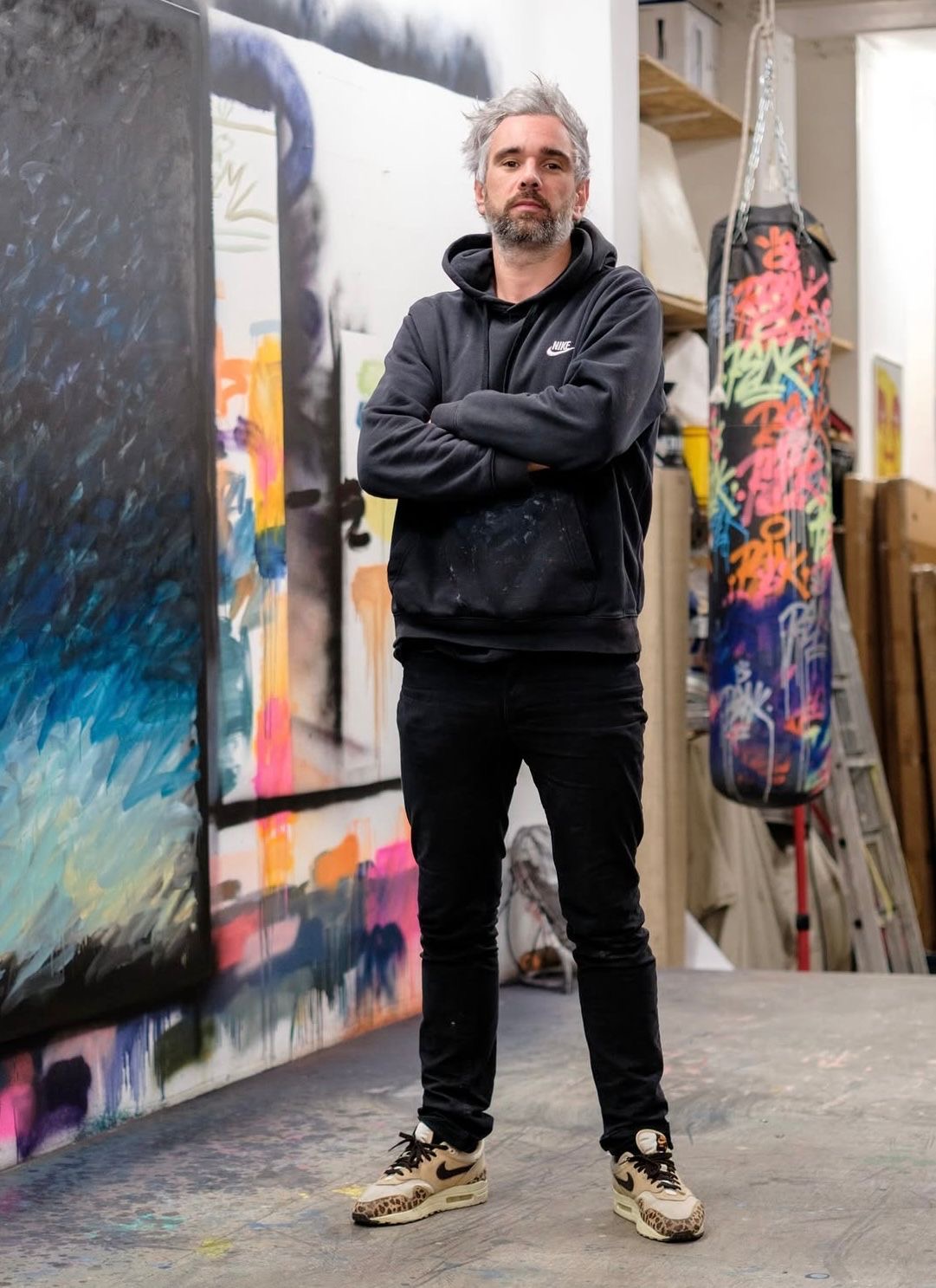
Renk was born in 1987 and grew up as an only child — his brother and sister are much older than he is.
In Rennes, his hometown, he was immersed in the art world thanks to family tradition — his mother was an art teacher, his father an advertiser and visual artist, and his uncle a renowned comic book illustrator. Yet he still had to follow the path of formal schooling and submit to the methods of the French national education system.
It didn’t work out: his primary and secondary years were marked by countless disciplinary boards, moving from one school and boarding institution to another, until he was finally expelled from the entire academy.
Too many pranks, always minor ones — but enough to exhaust every step of the punitive ladder. And after that? 100REMOR: he kept doing graffiti. At 16, Renk was out of the school system and fully committed to his small rebellions. Later, he moved to Cork, Ireland, to train at a golf academy. There, he learned patience, consistency, and self-control, while developing his sense of human connection: he could mix easily with anyone — from street kids and partygoers to golf enthusiasts.
Back in France in 2007, he enrolled in a visual communication school in Paris. He fell in love with the city, learned the craft of graphic design, and won an international competition: his anti-discrimination bookmarks were unanimously acclaimed. However, he wasn’t allowed to travel to Madrid to collect his prize — a story involving his ID card, the organisers’ bad faith, and the opening hours of the town hall. Furious, Renk sat his exams in anger, shook a computer, and left the course without a diploma. He would obtain it the following year.
Once out of school, he had his skills and self-confidence to rely on. Renk wanted to paint — and he had the talent for it. His works immediately found success, winning over an ever-growing audience of both amateurs and professionals.
Painting has been his sole occupation since 2010.
